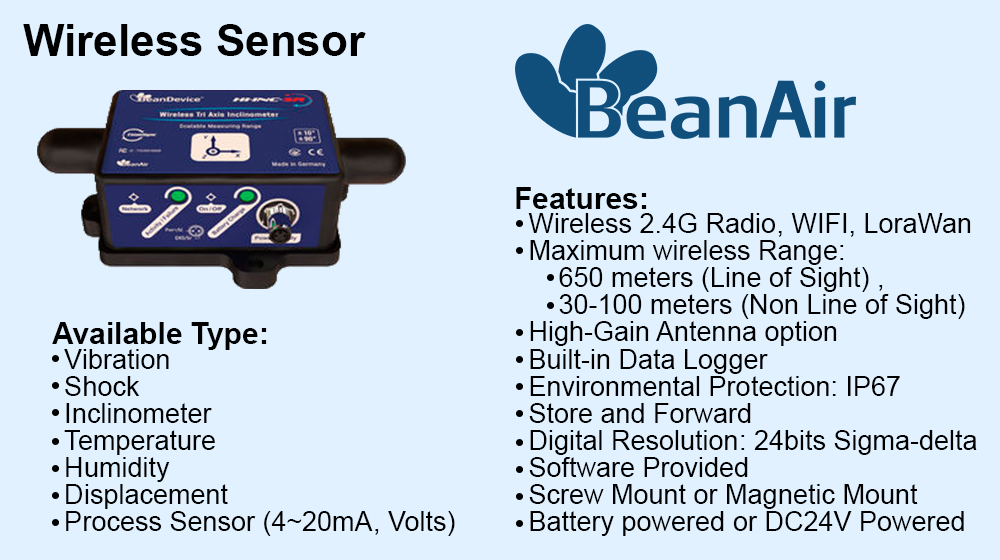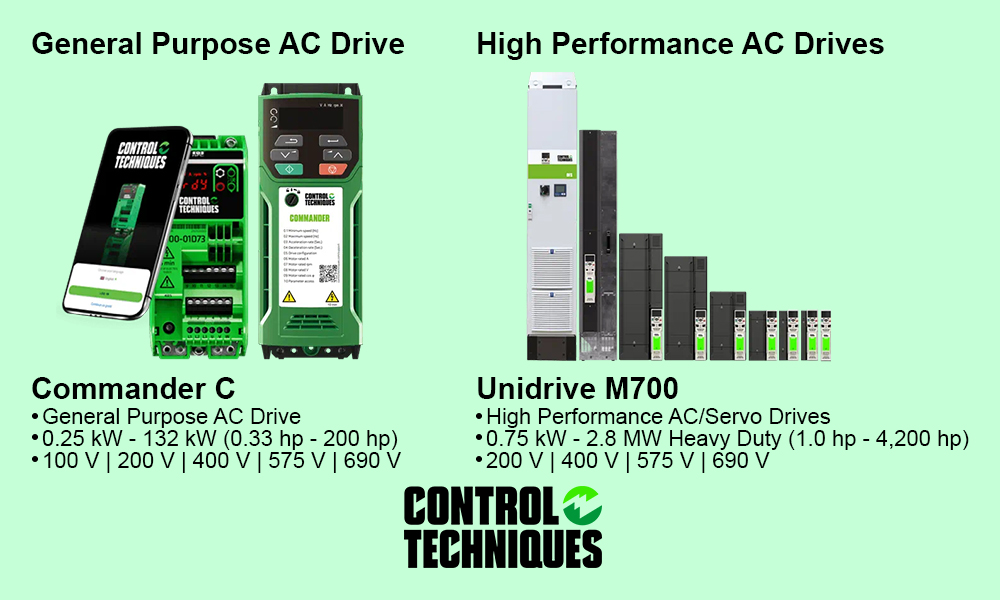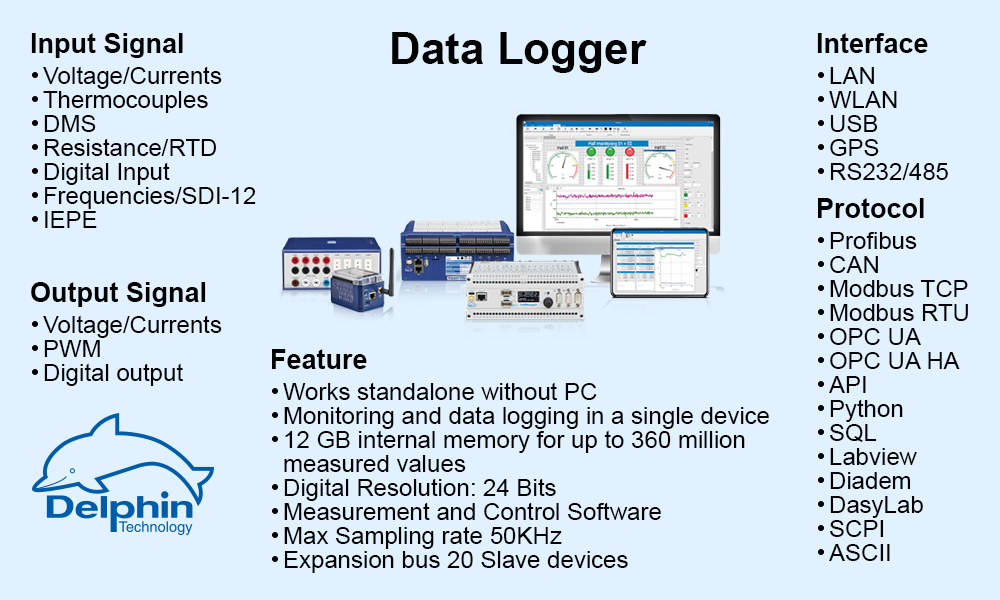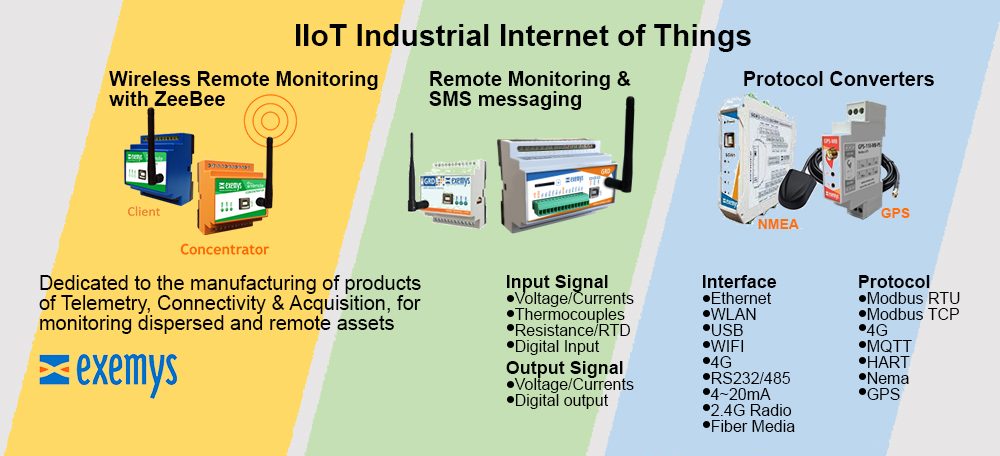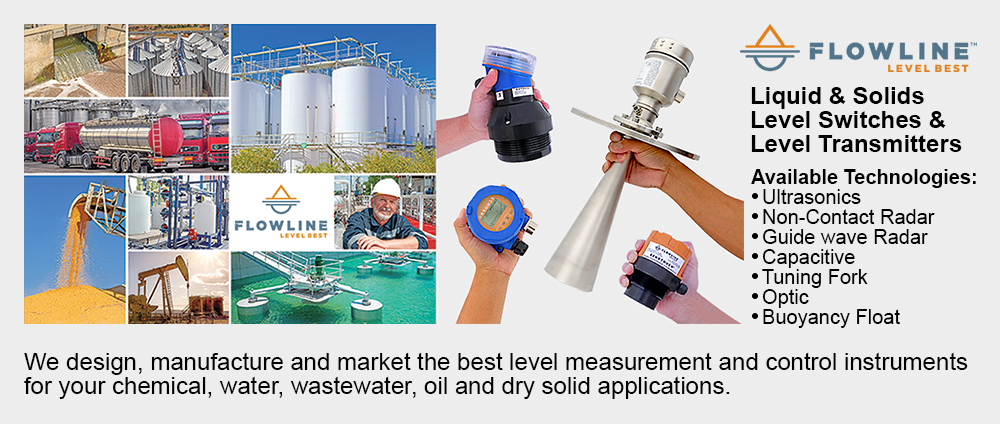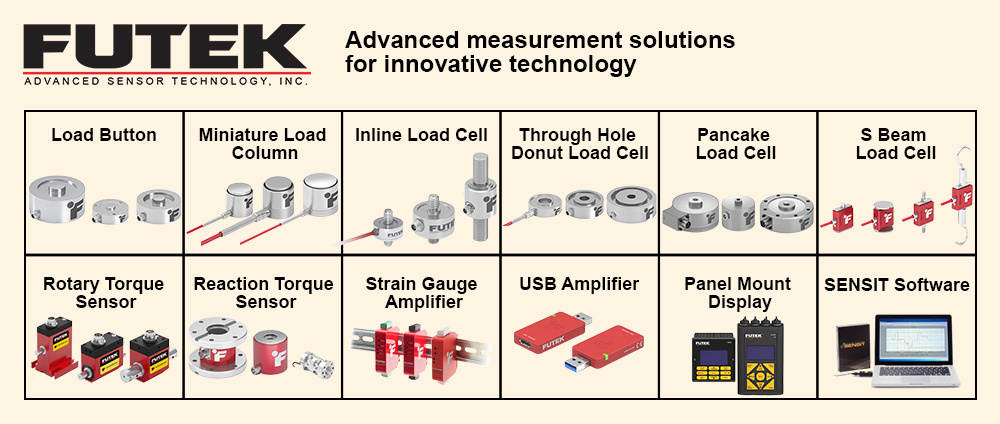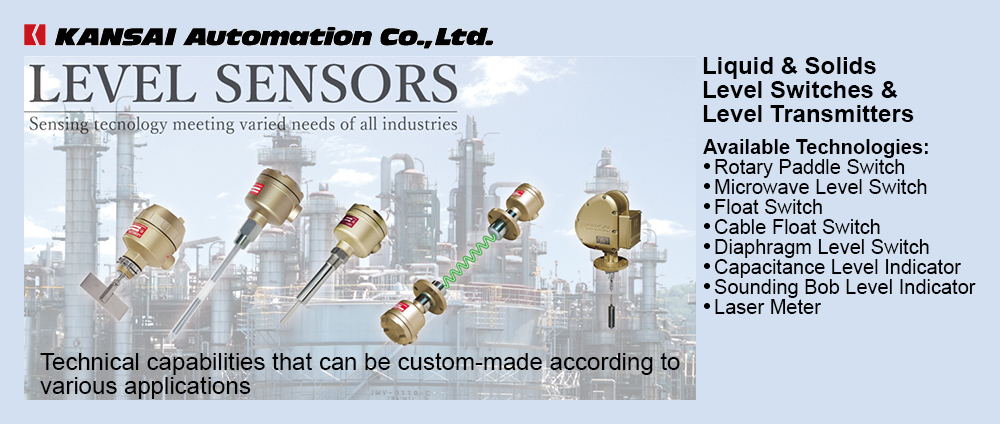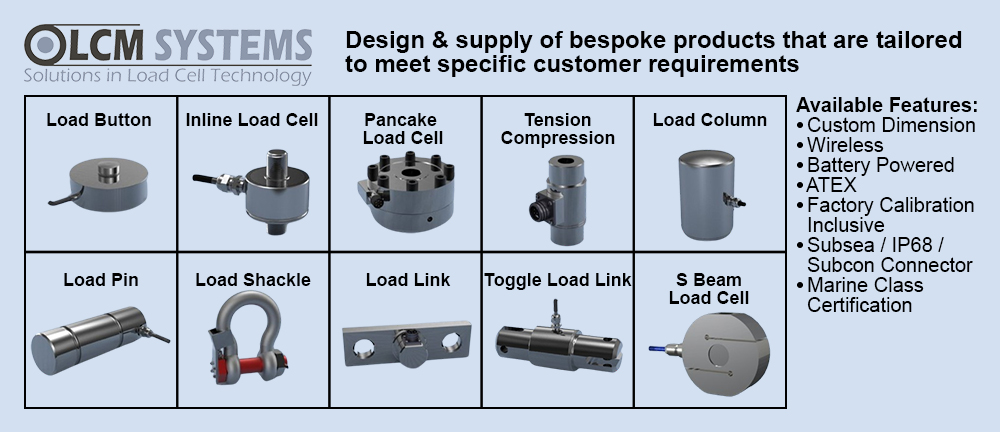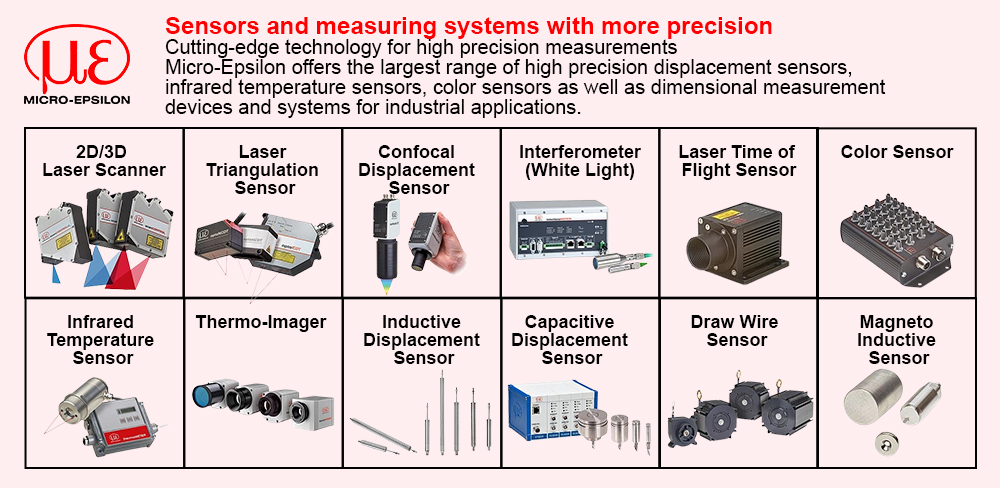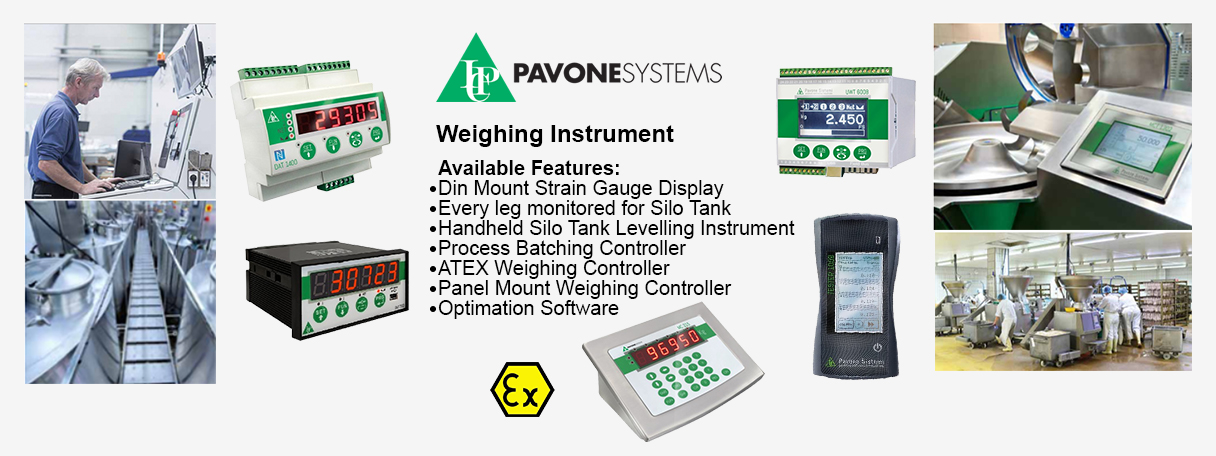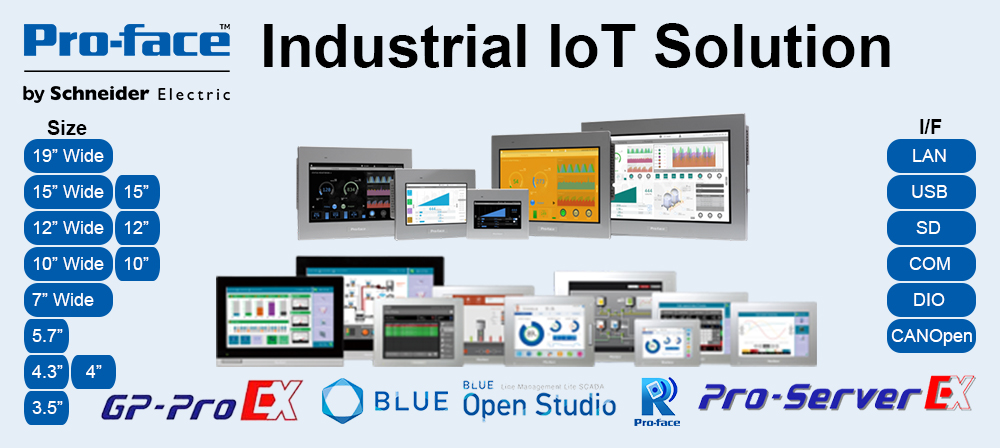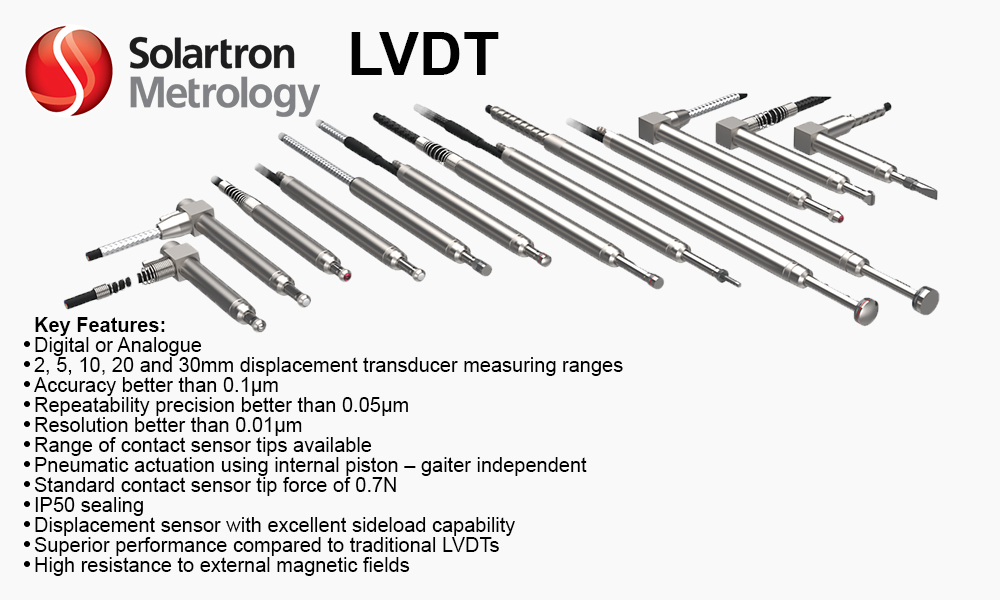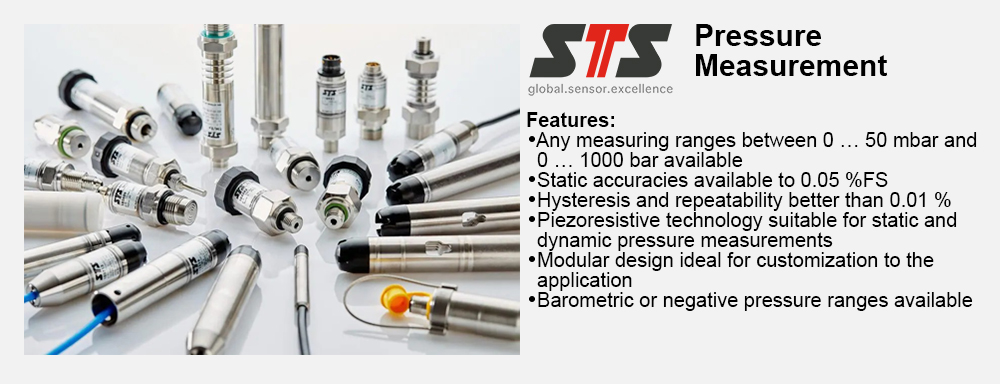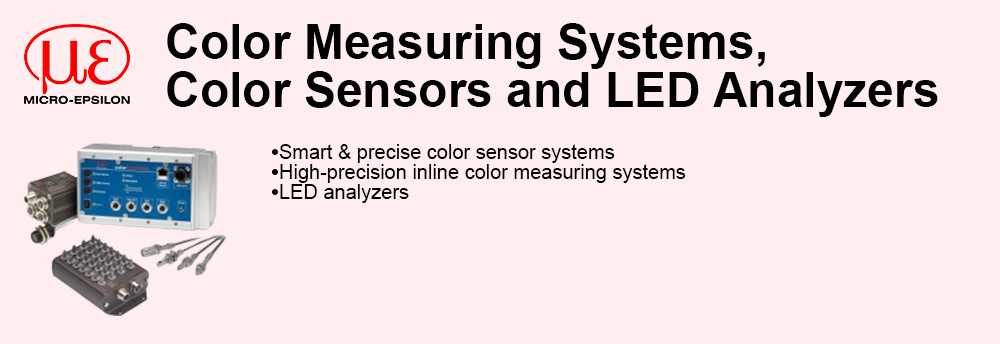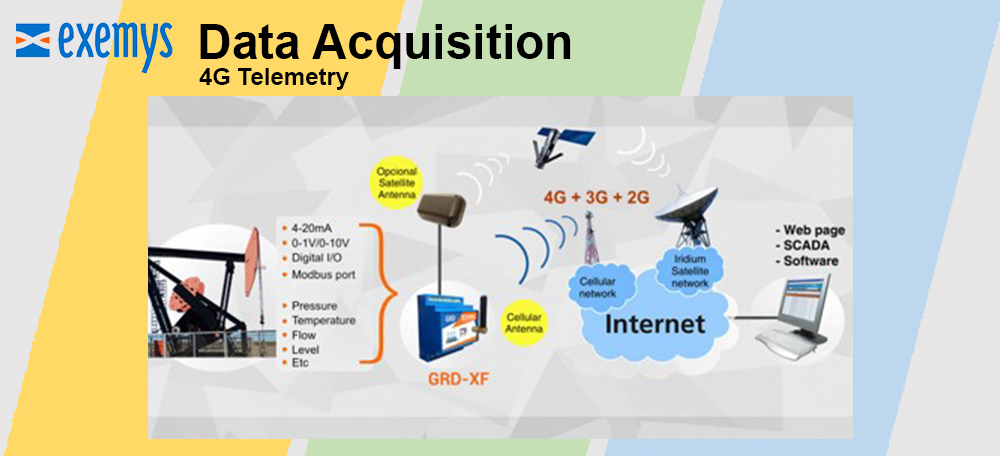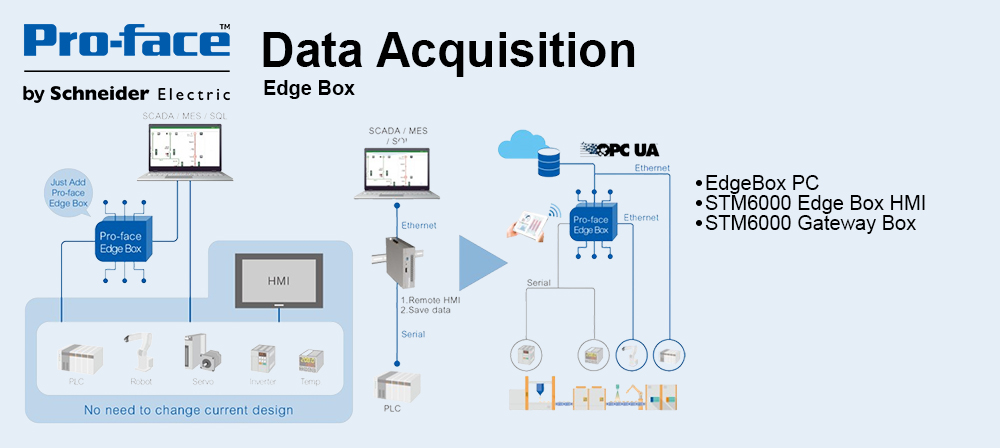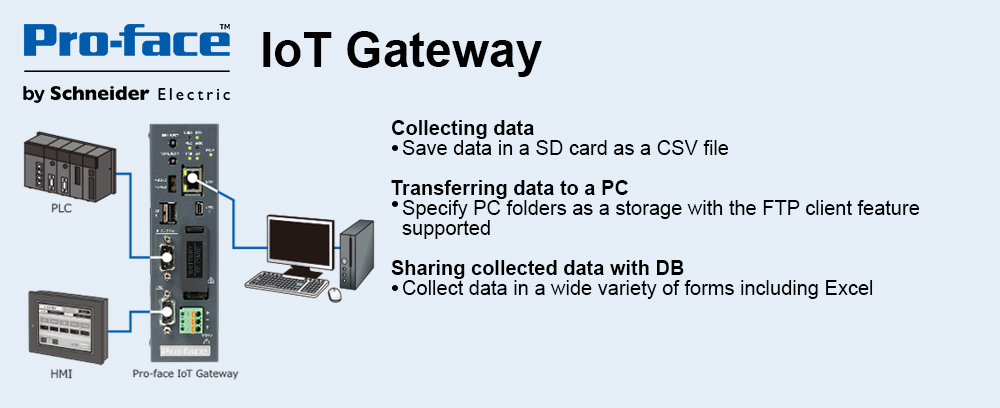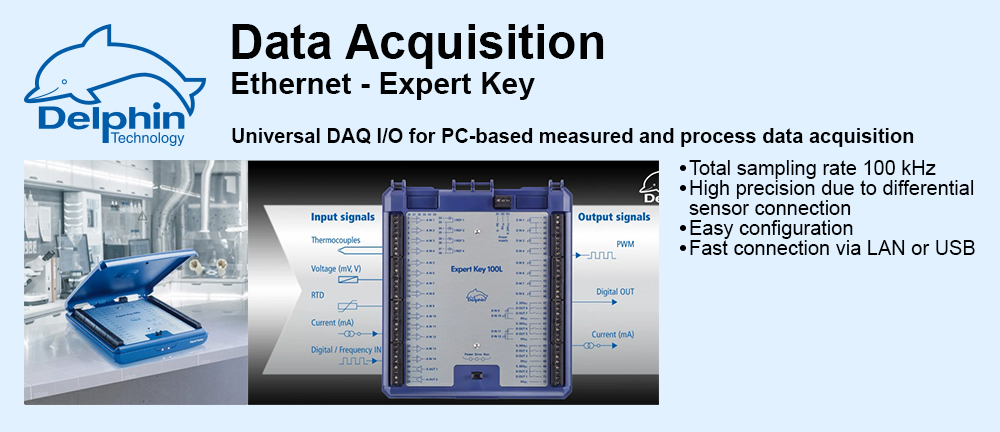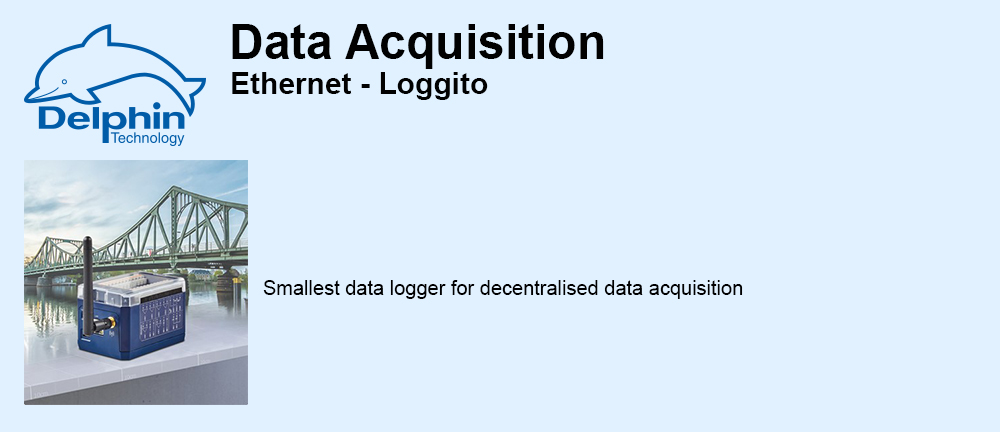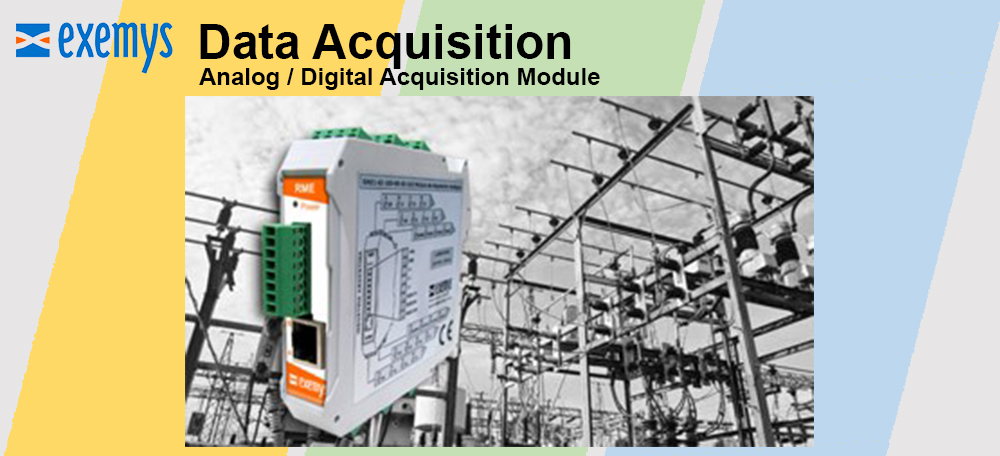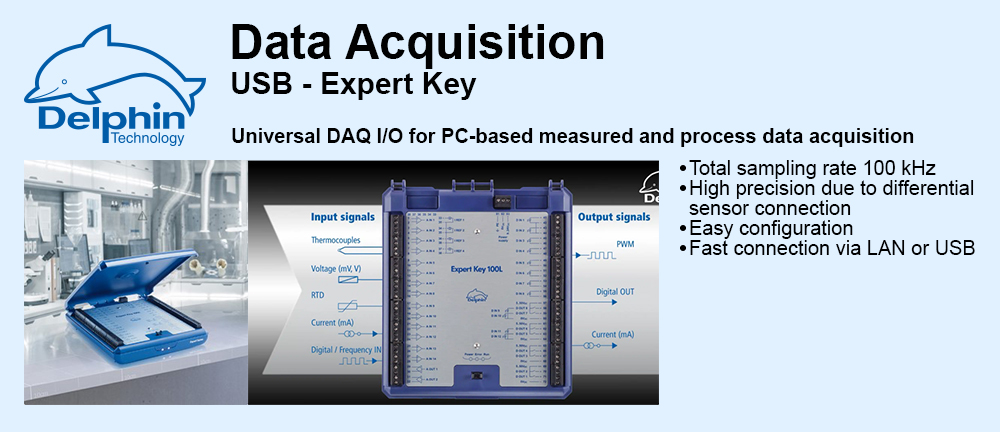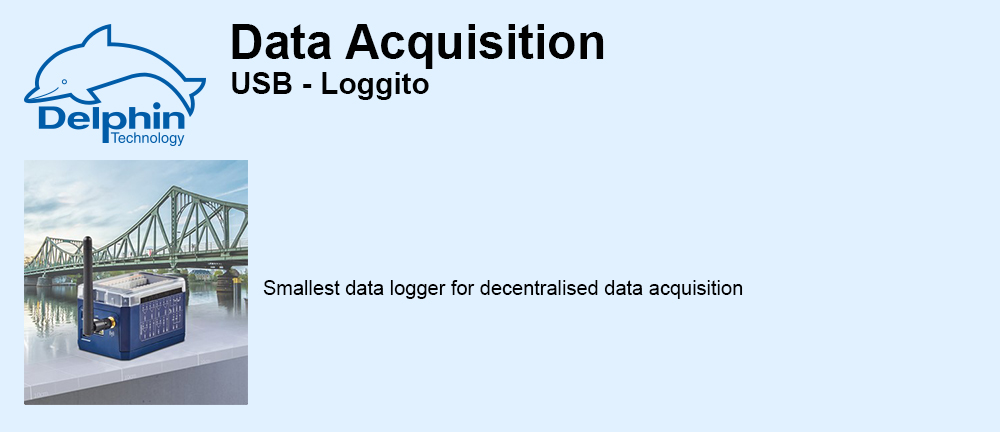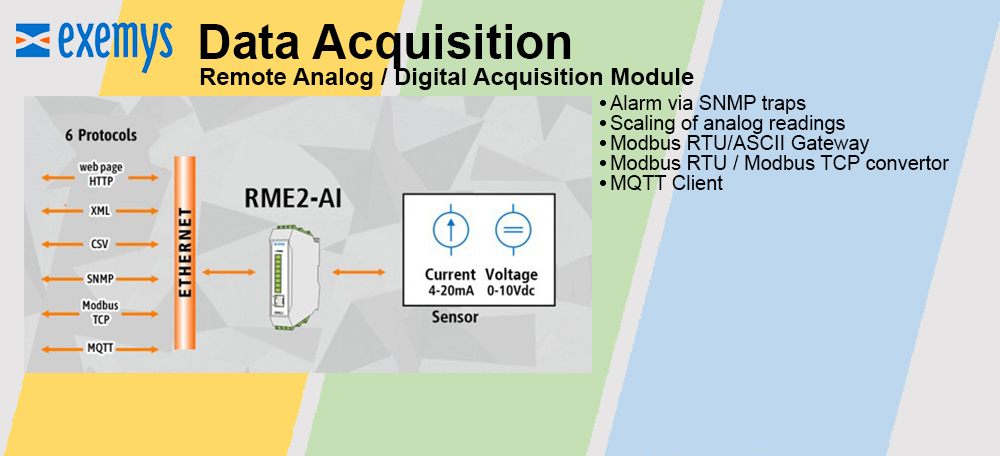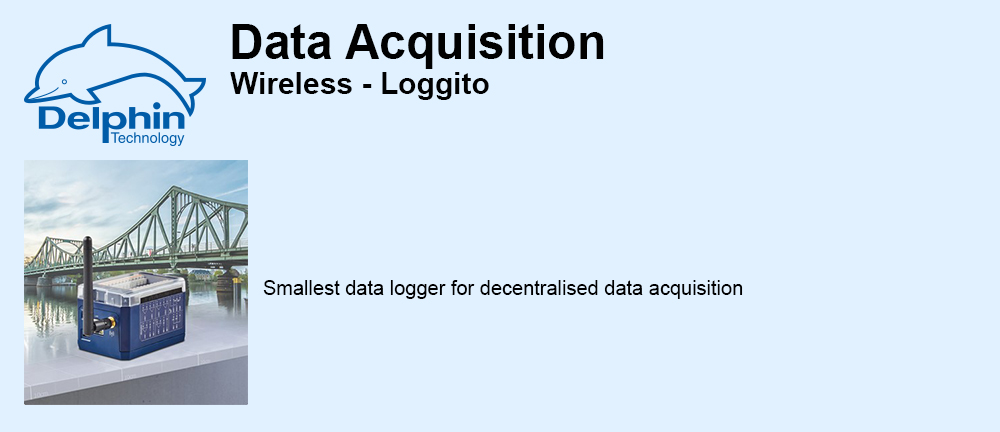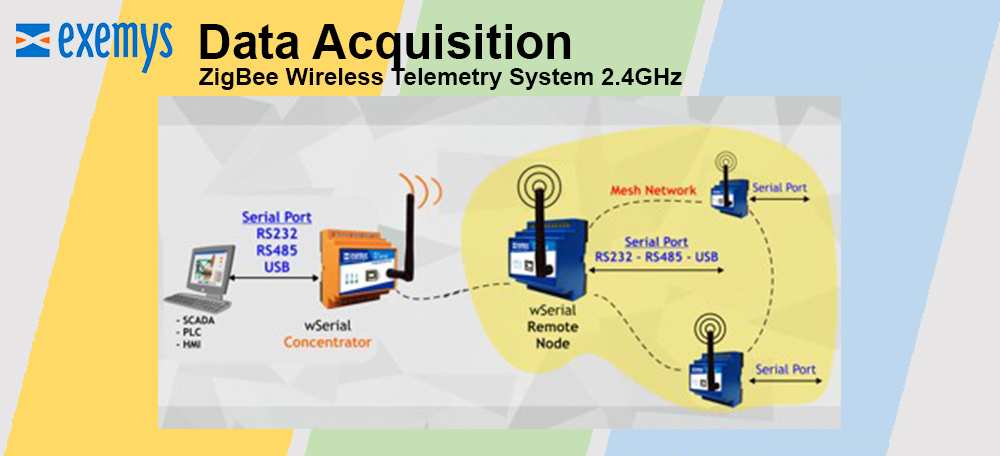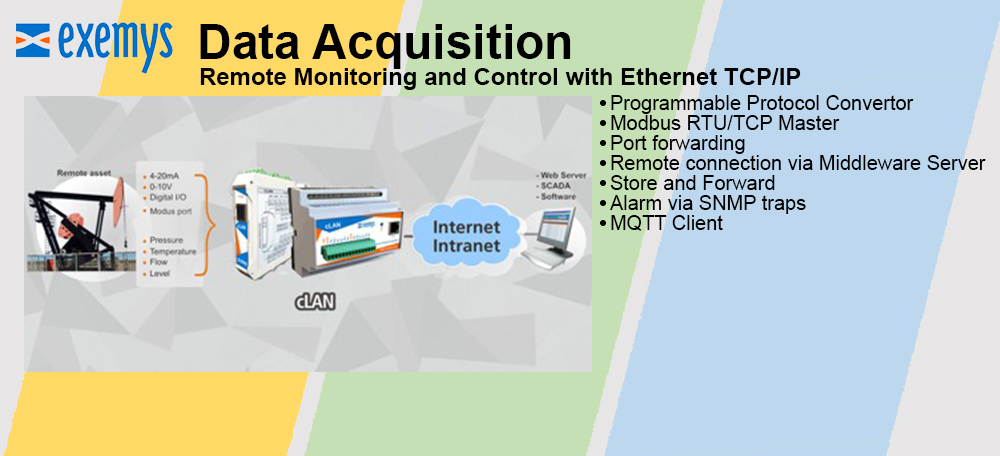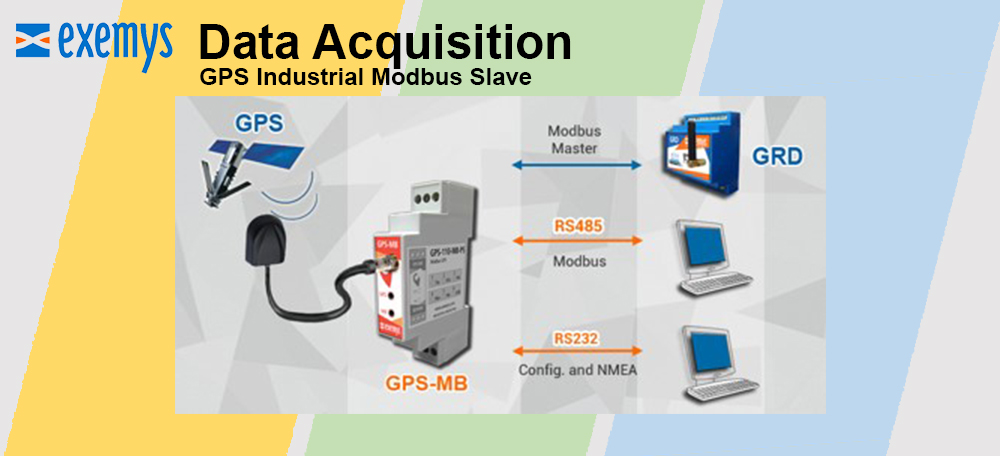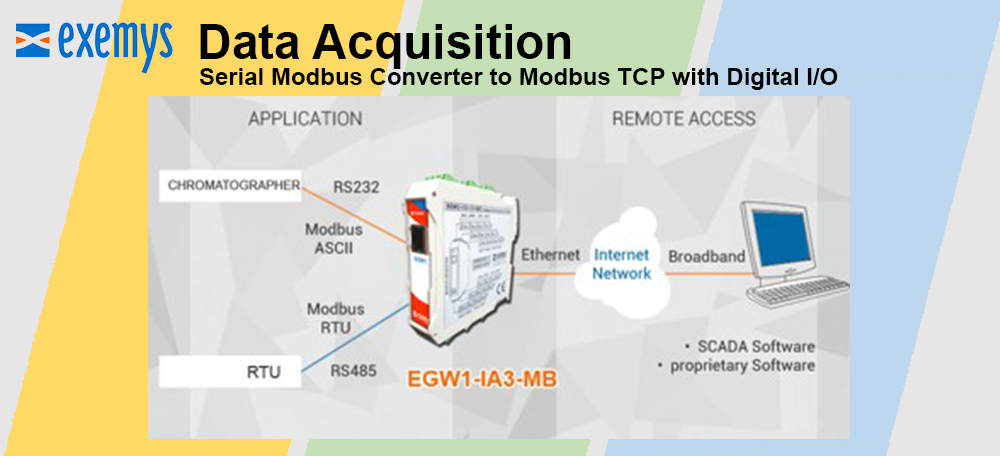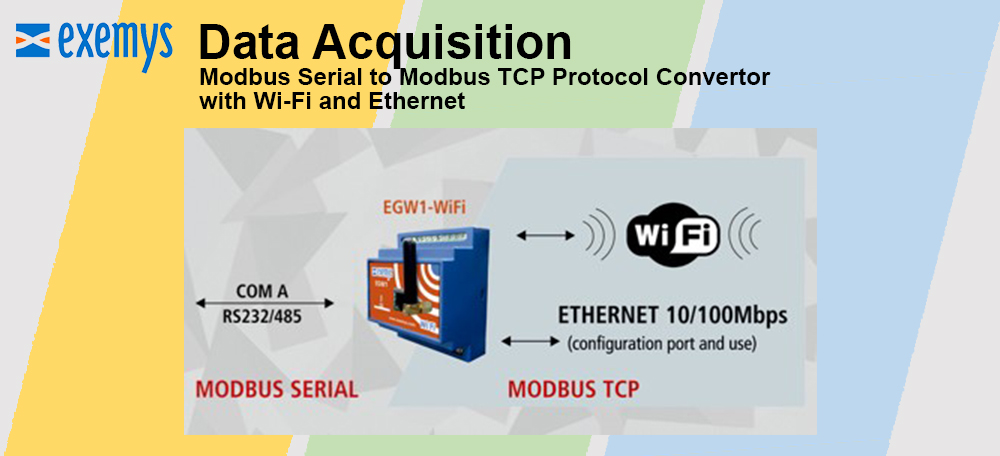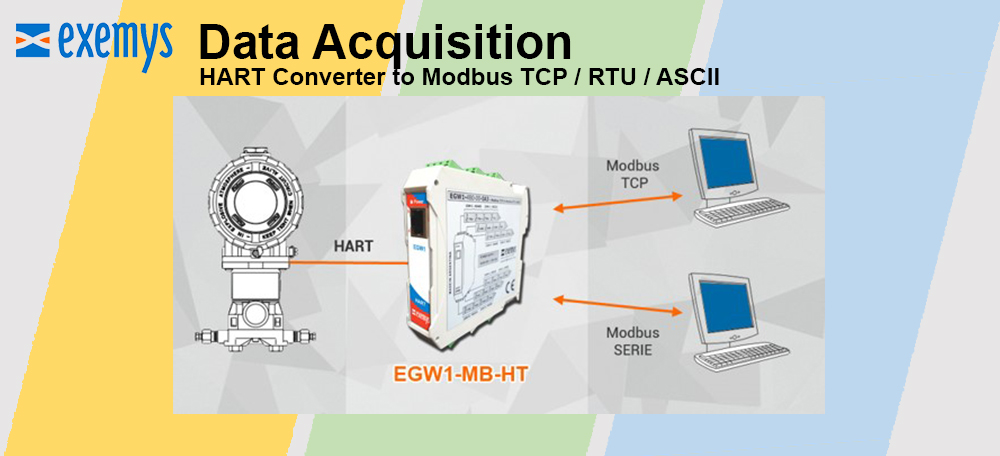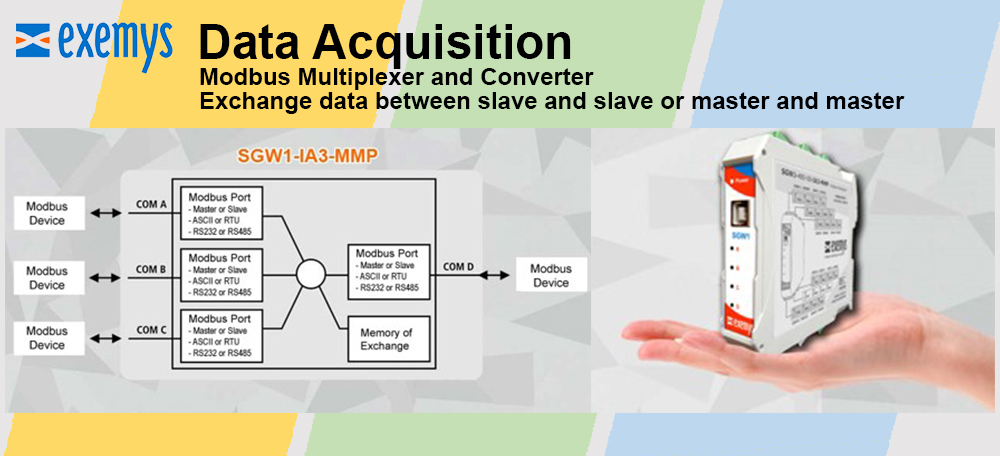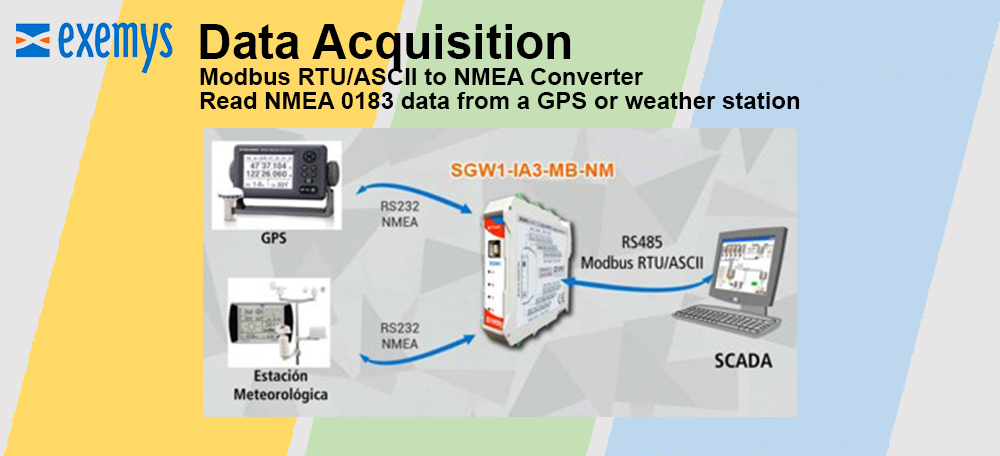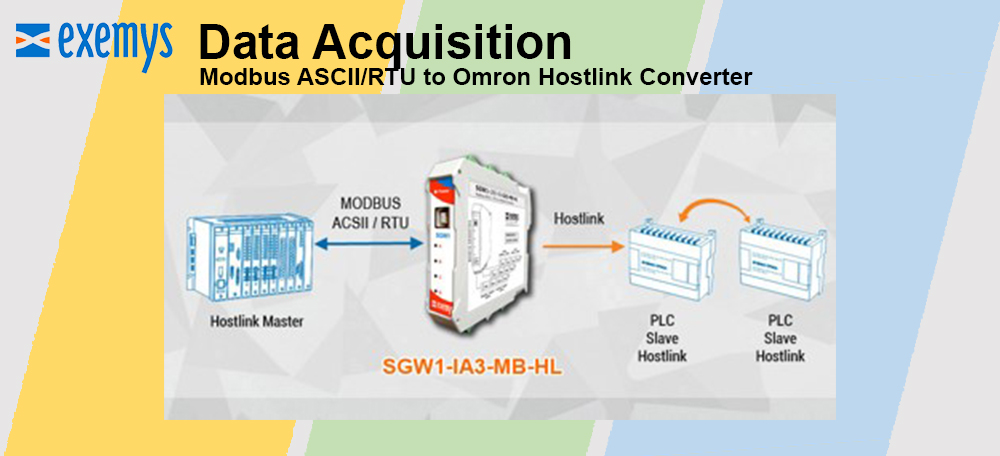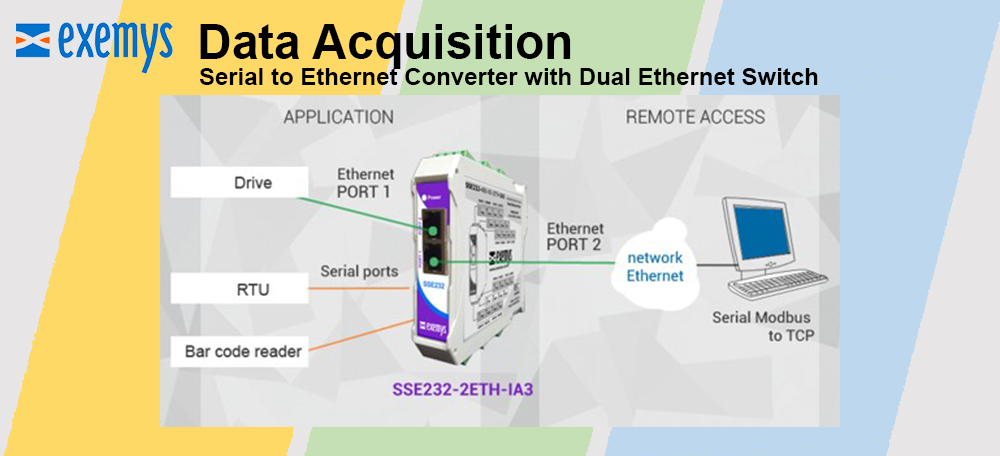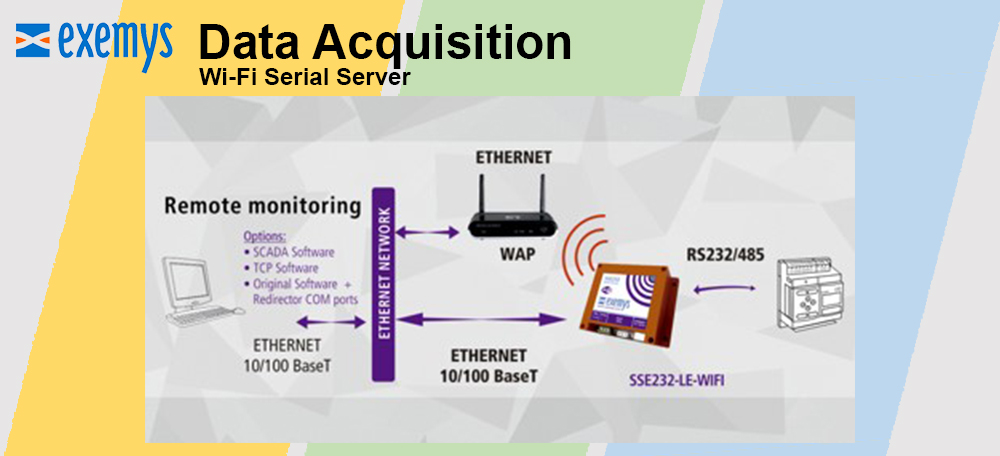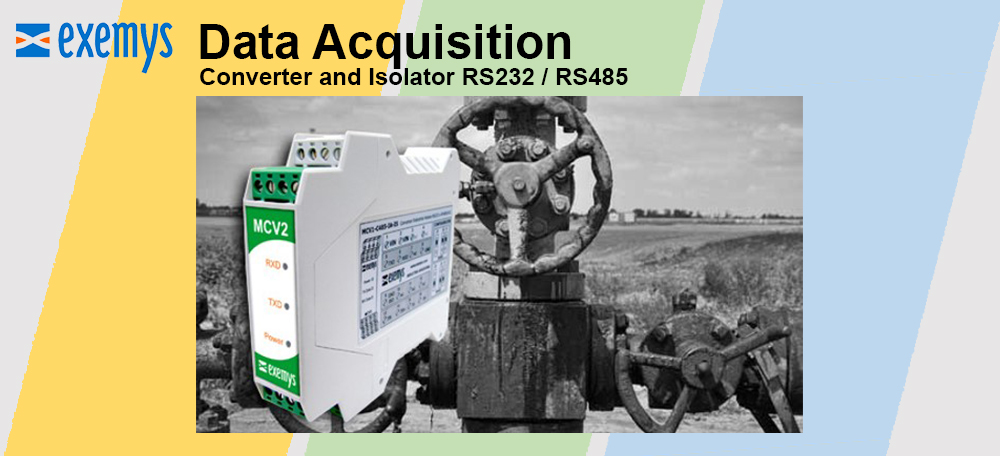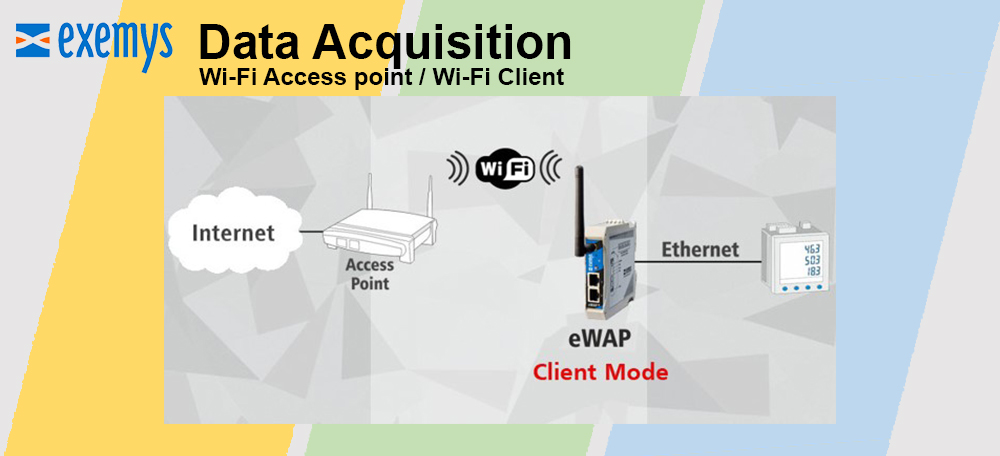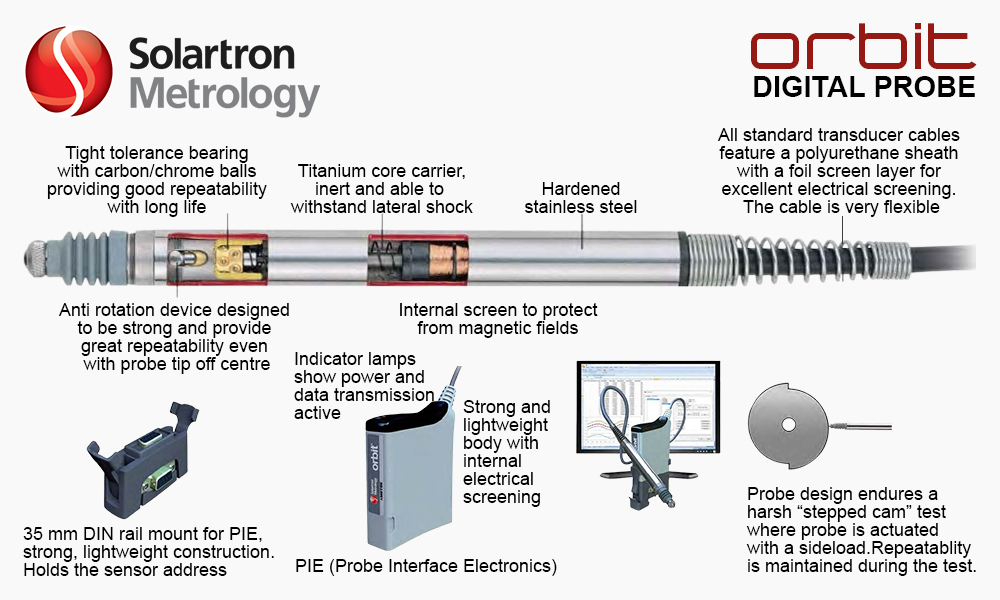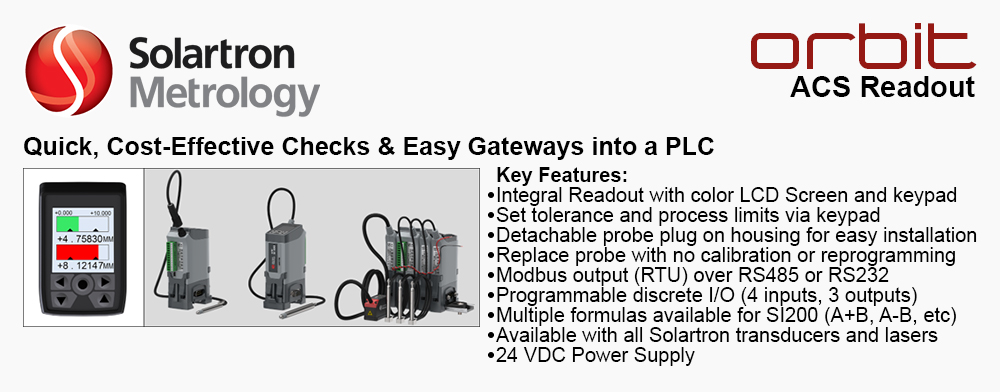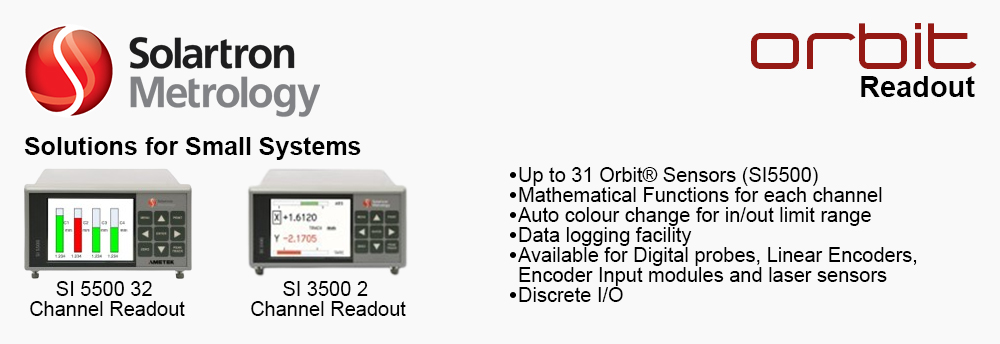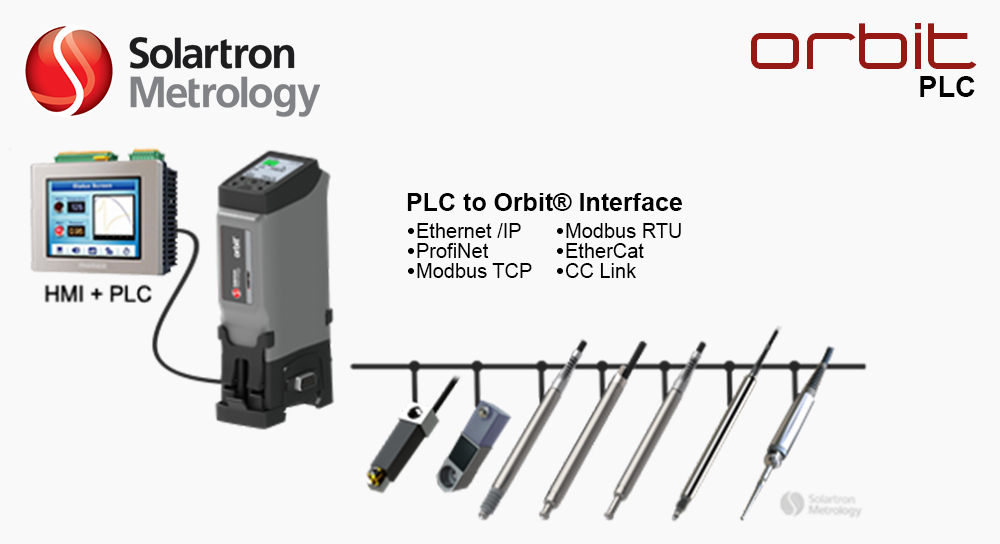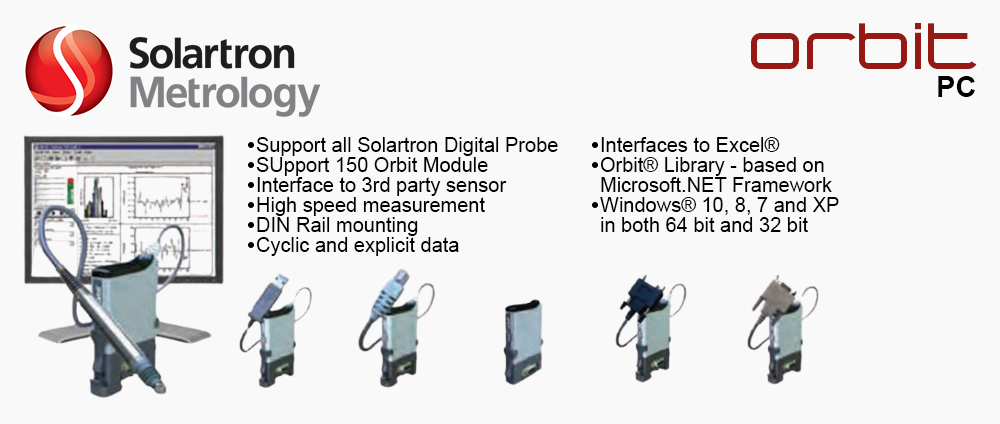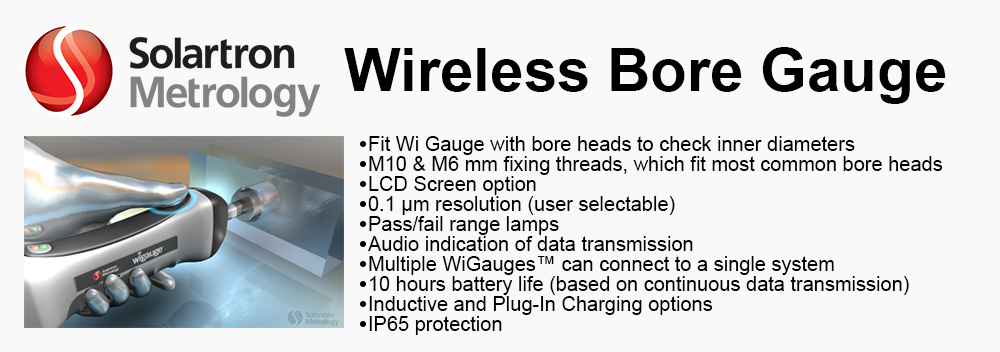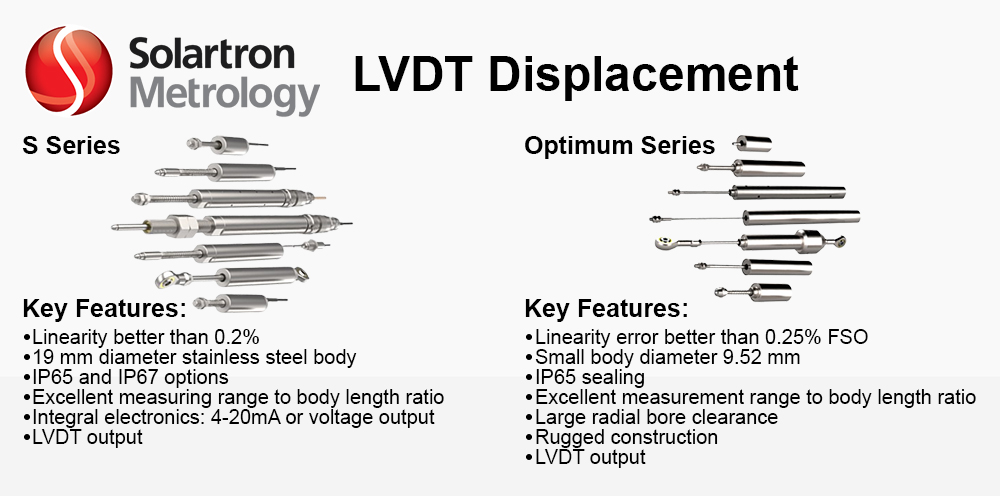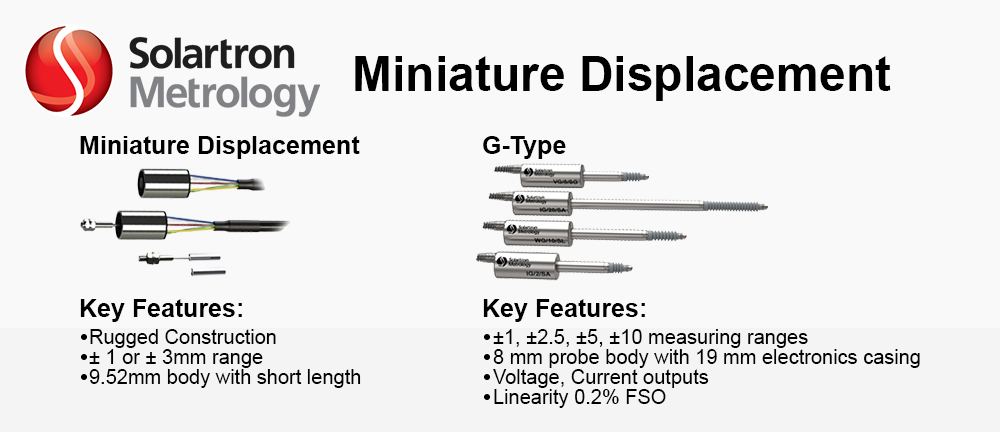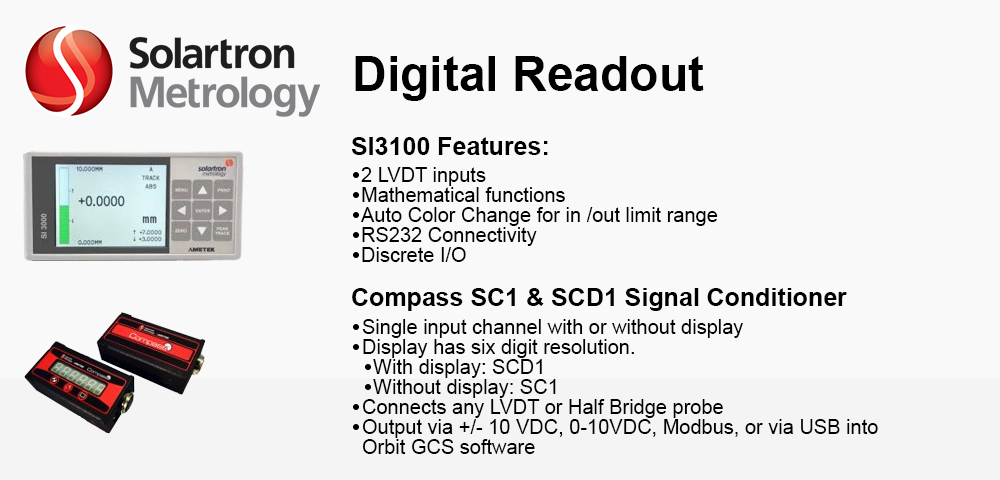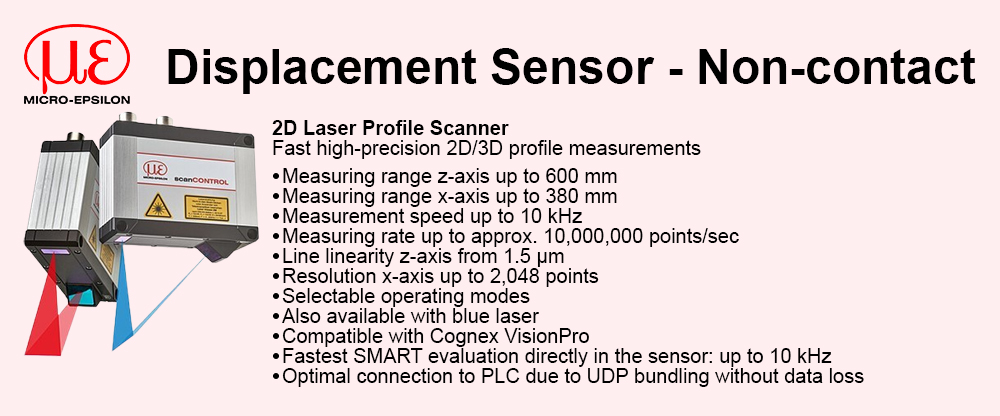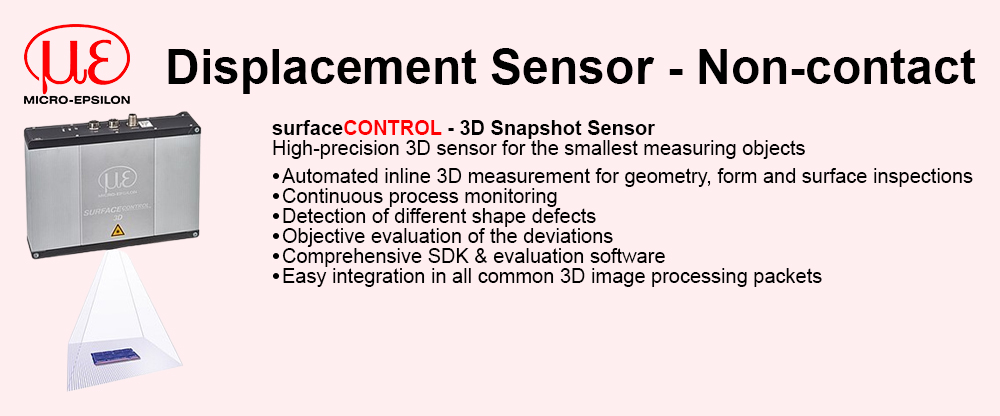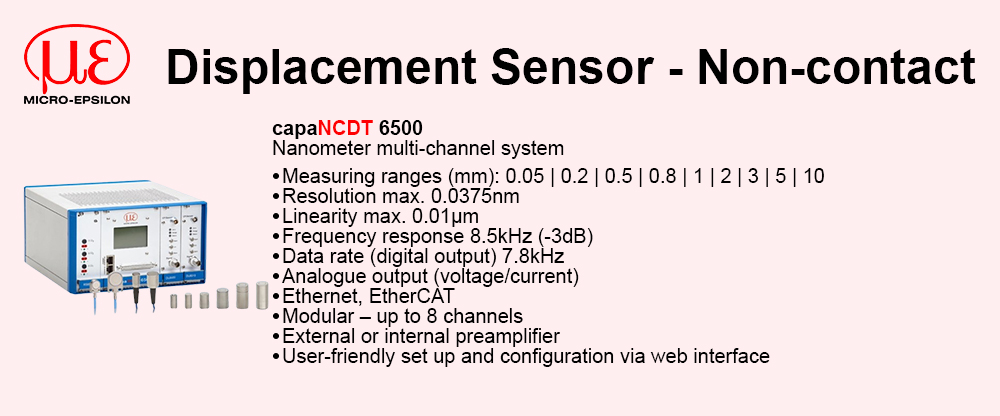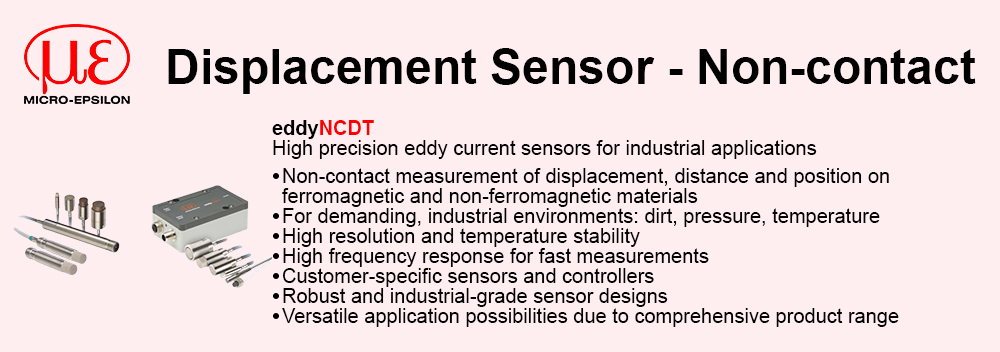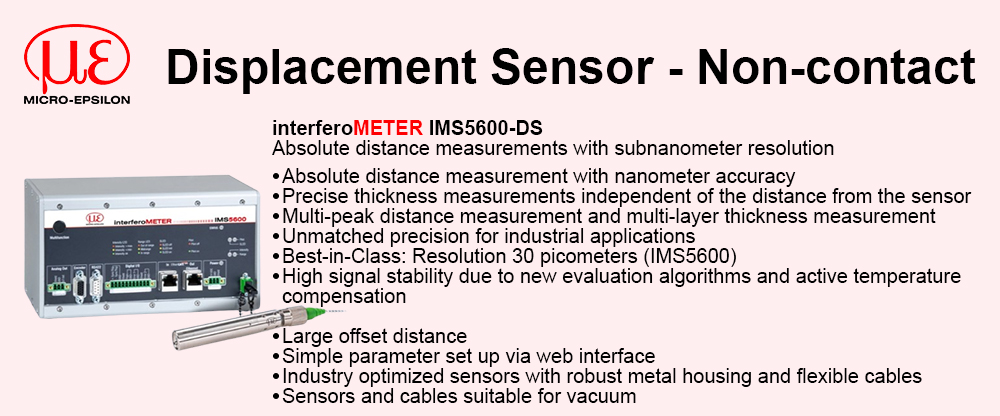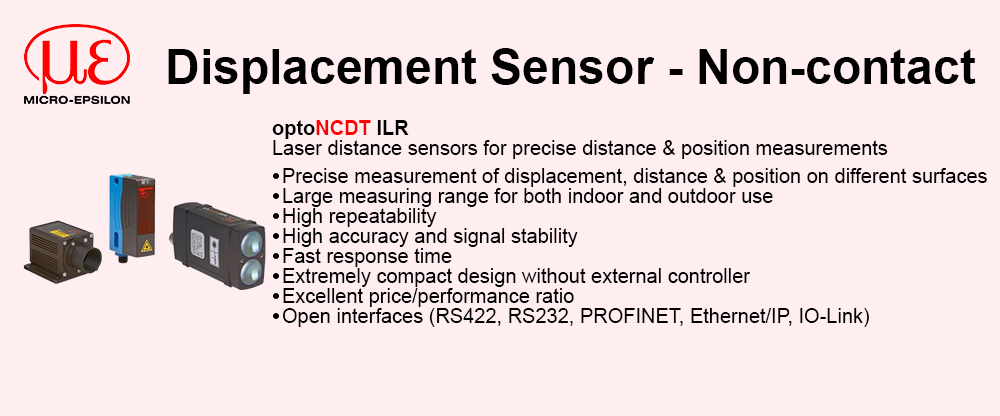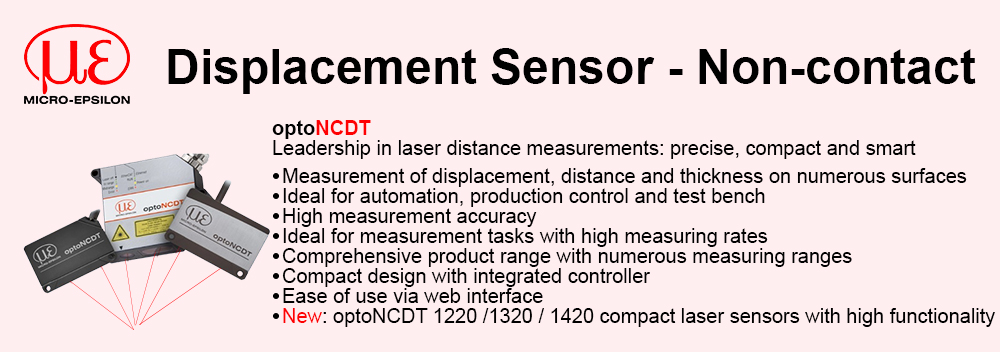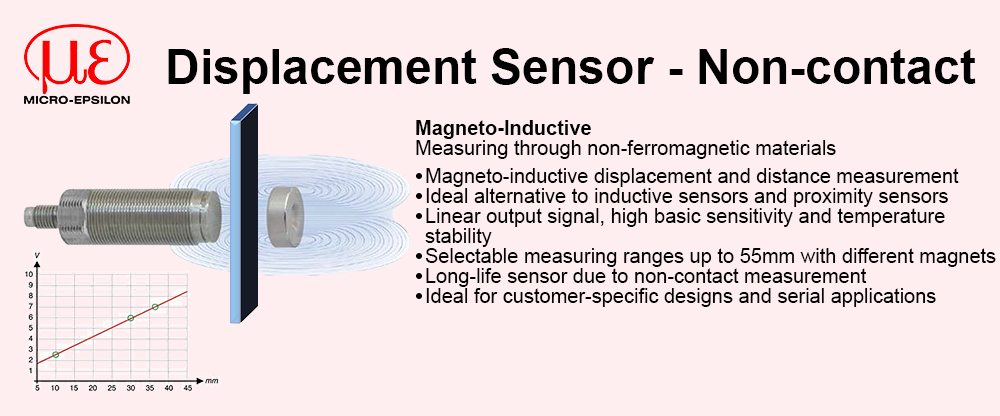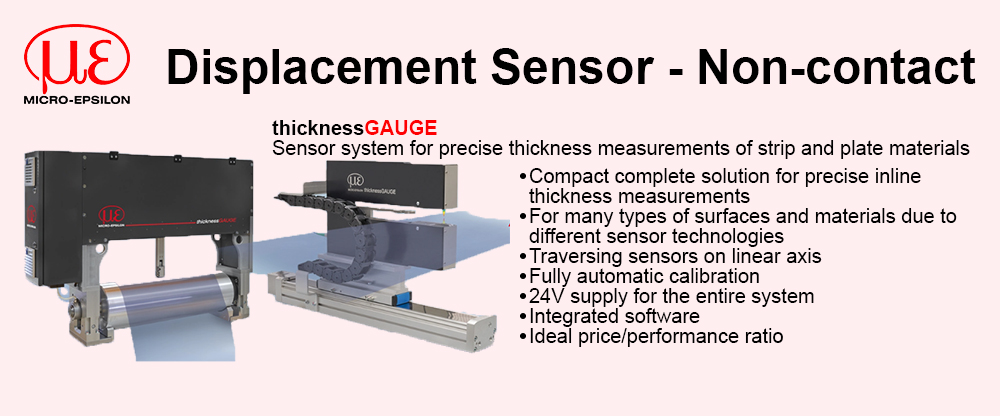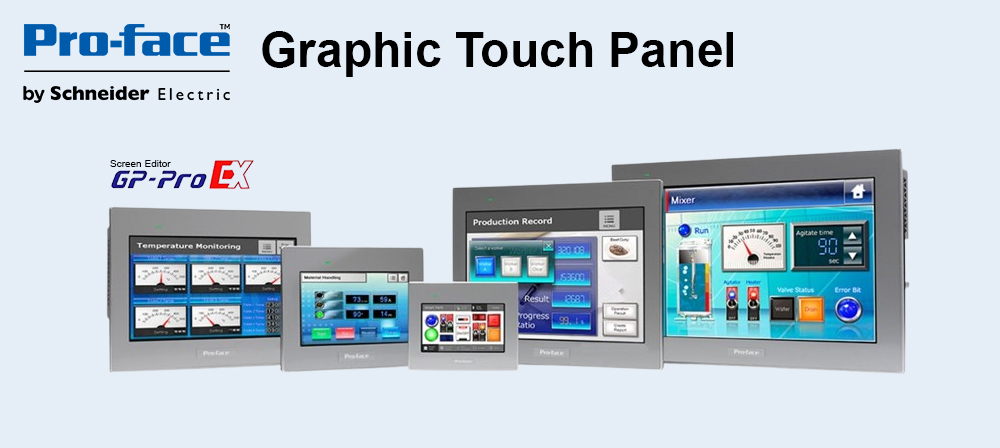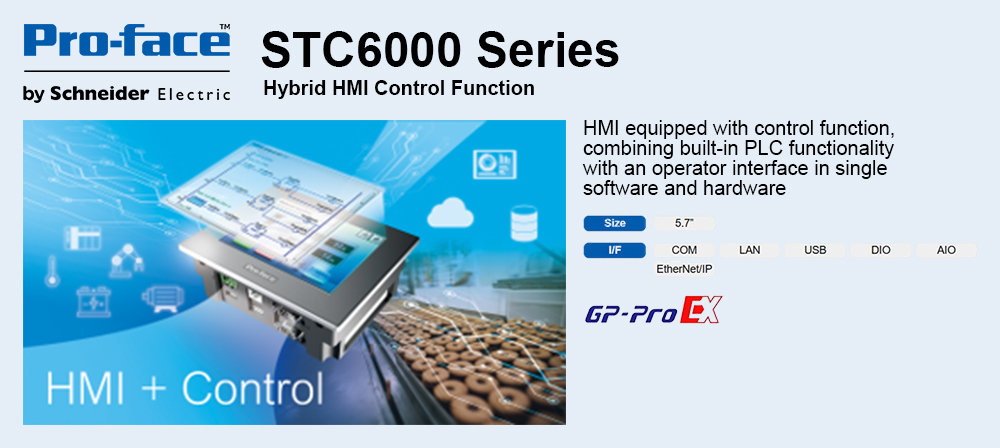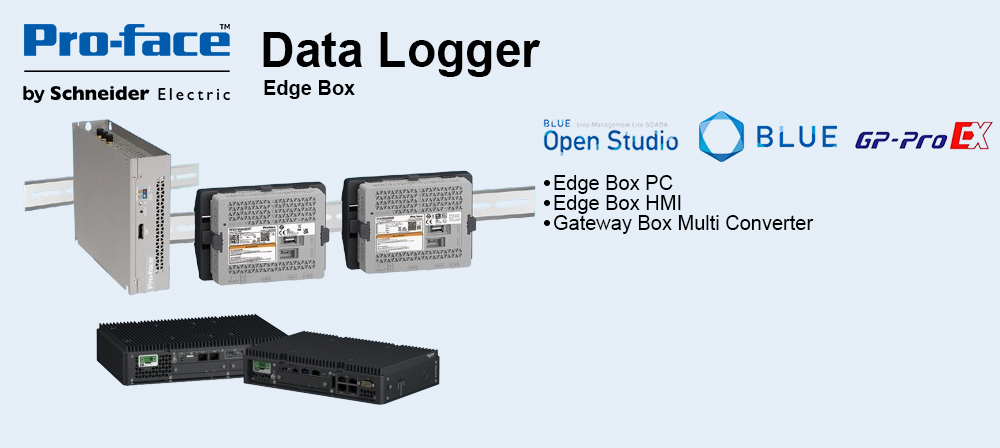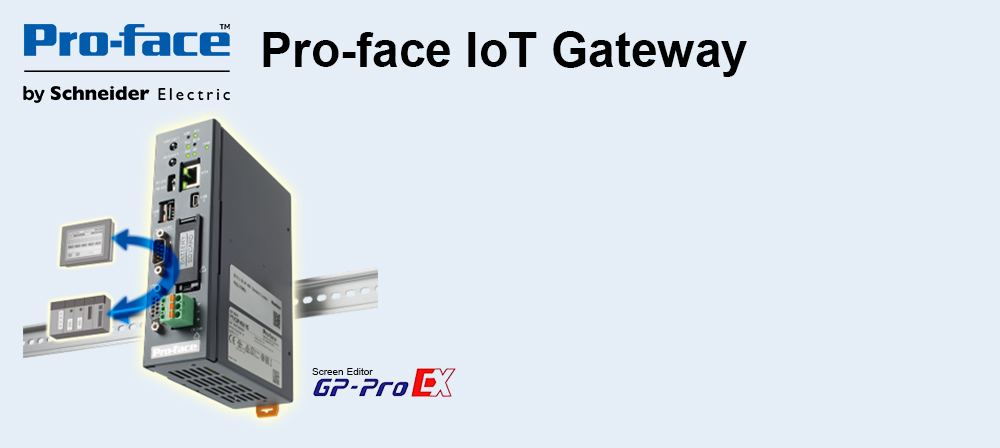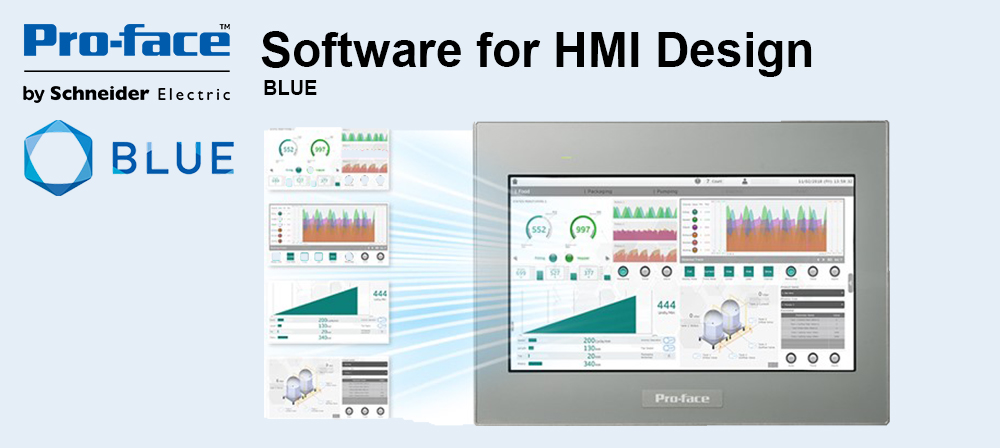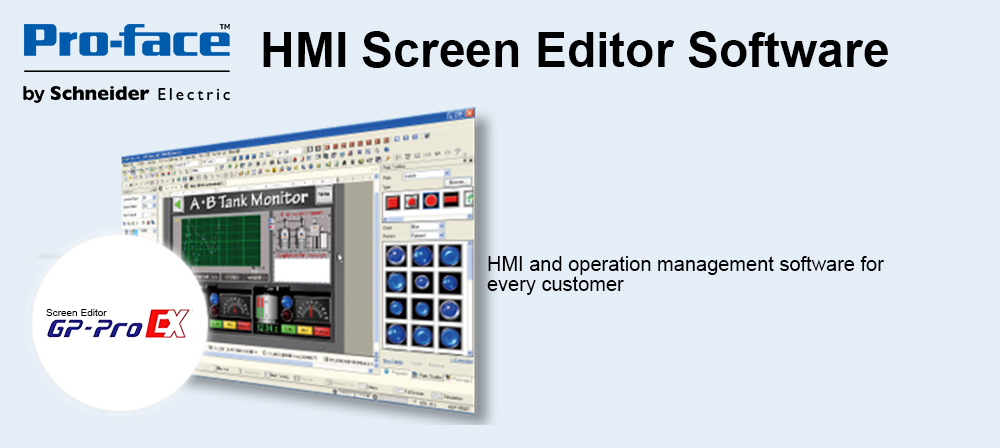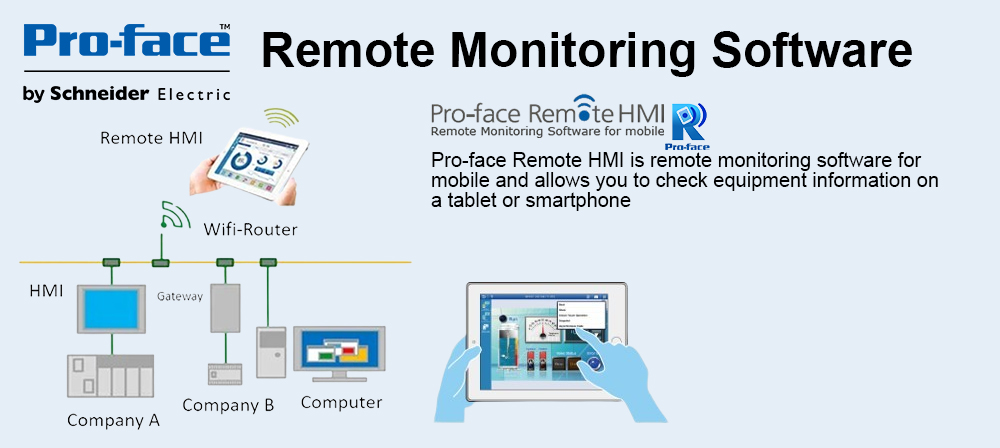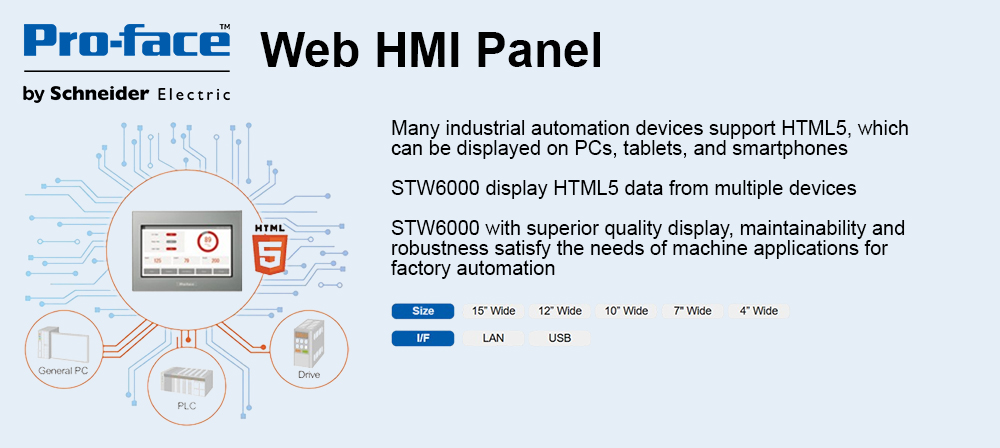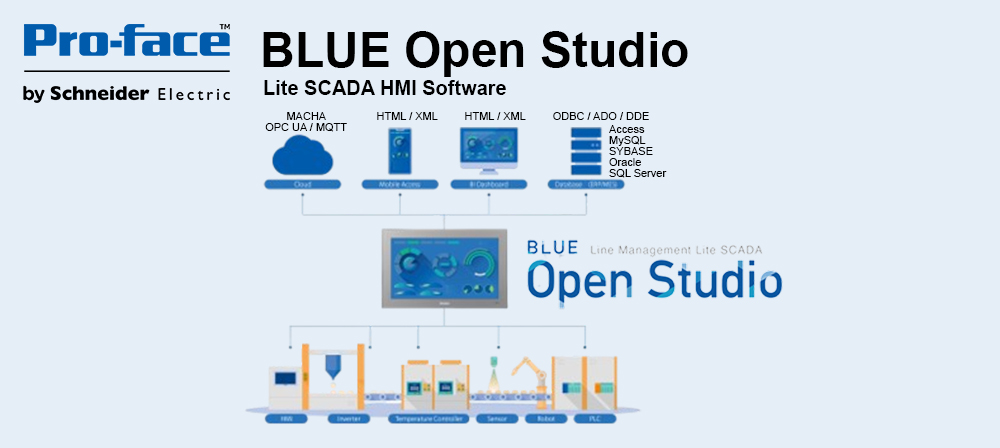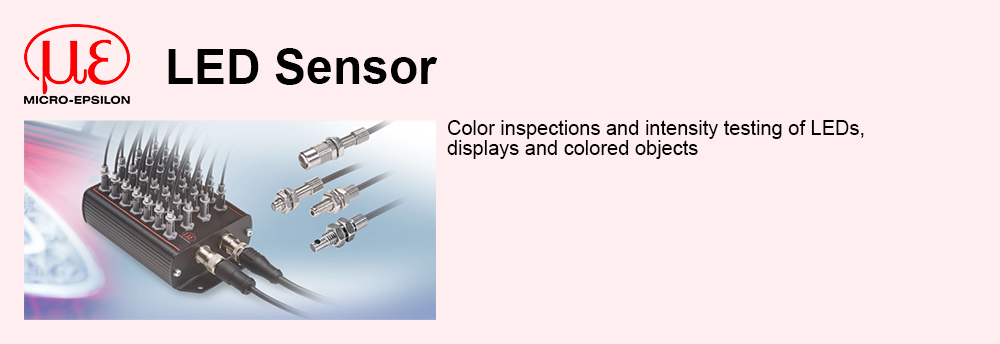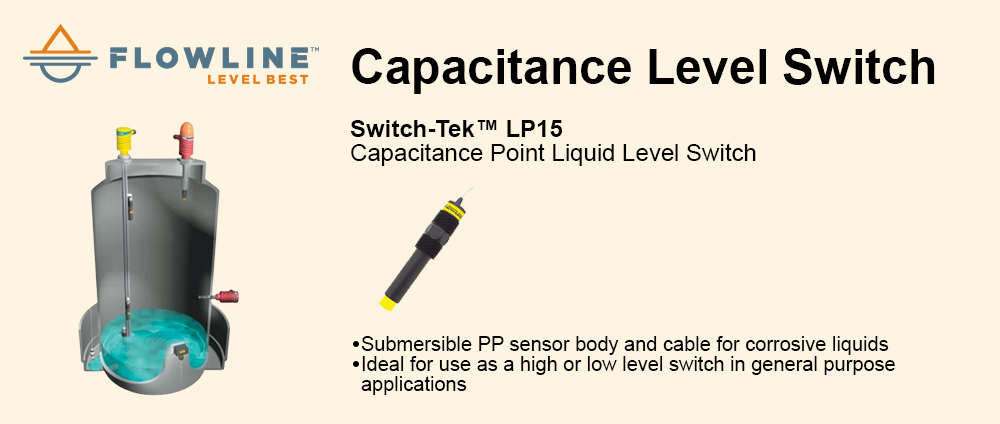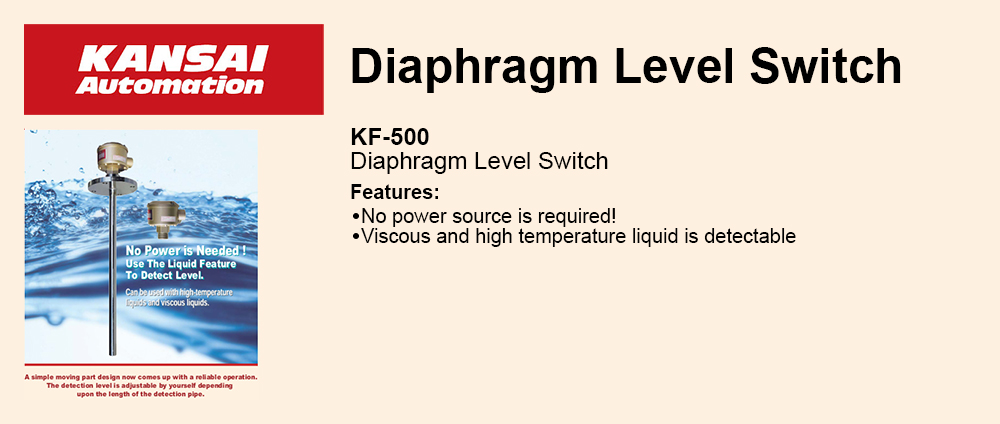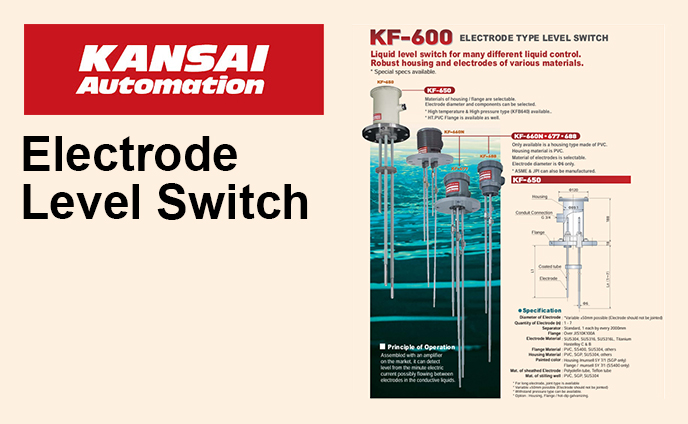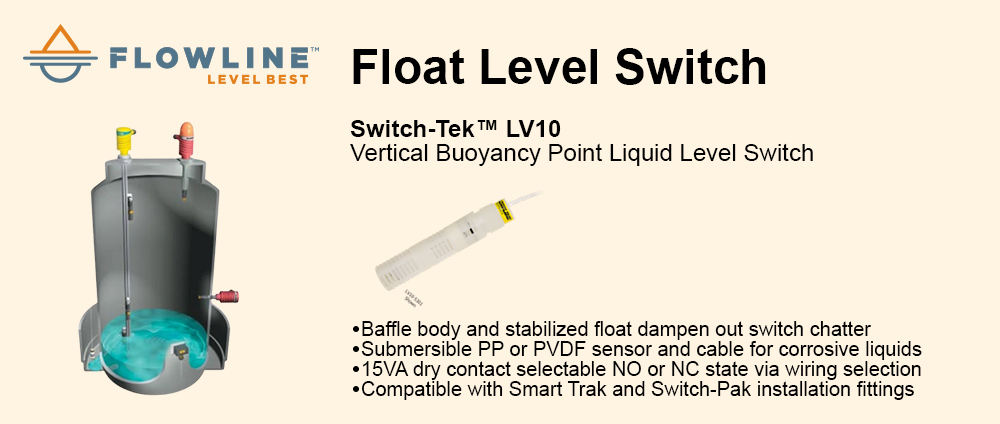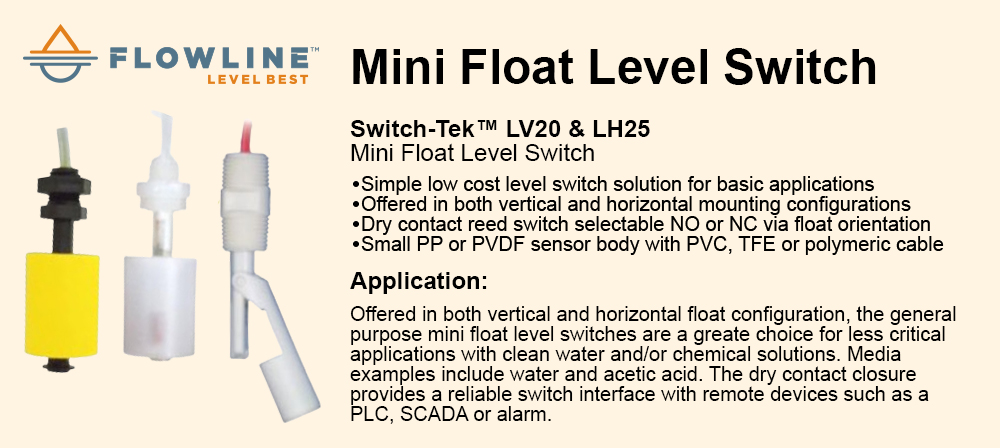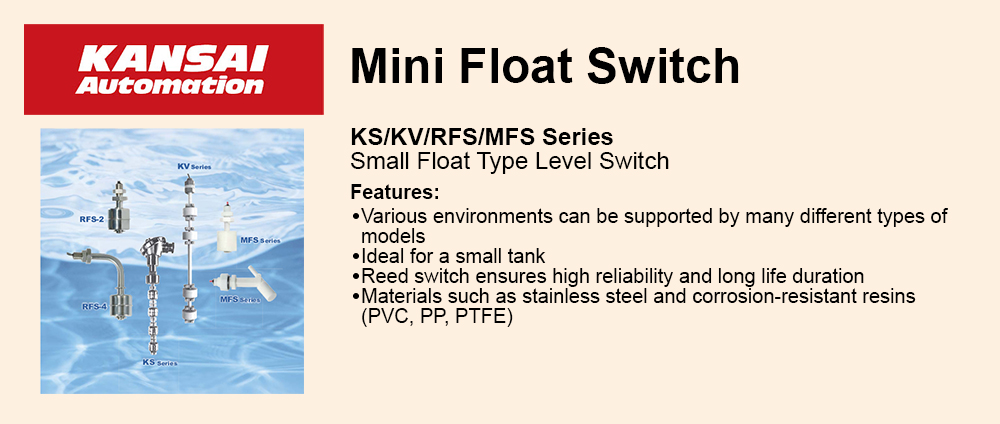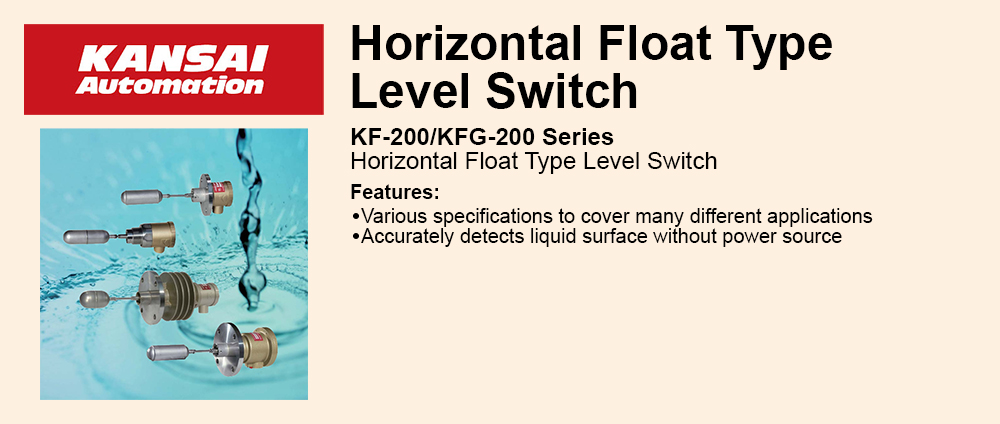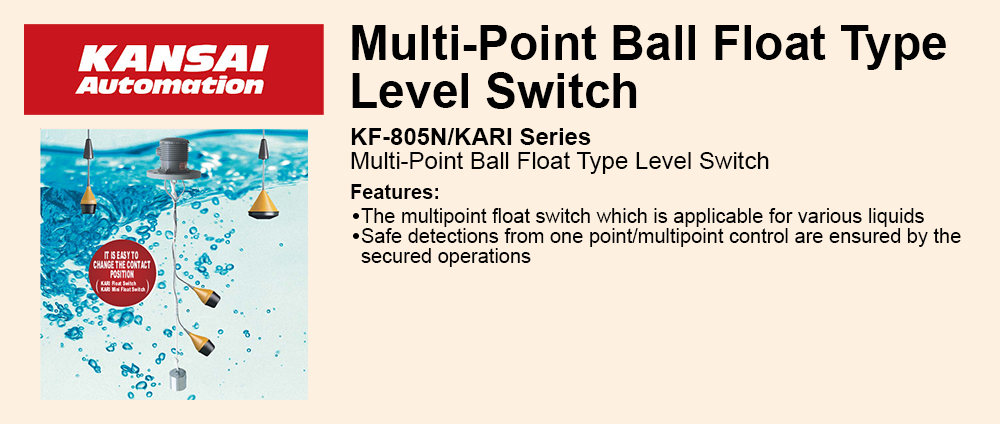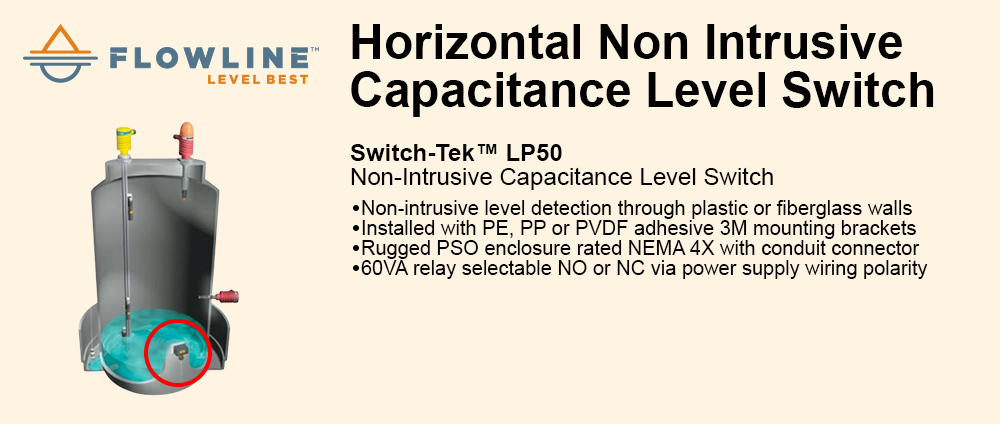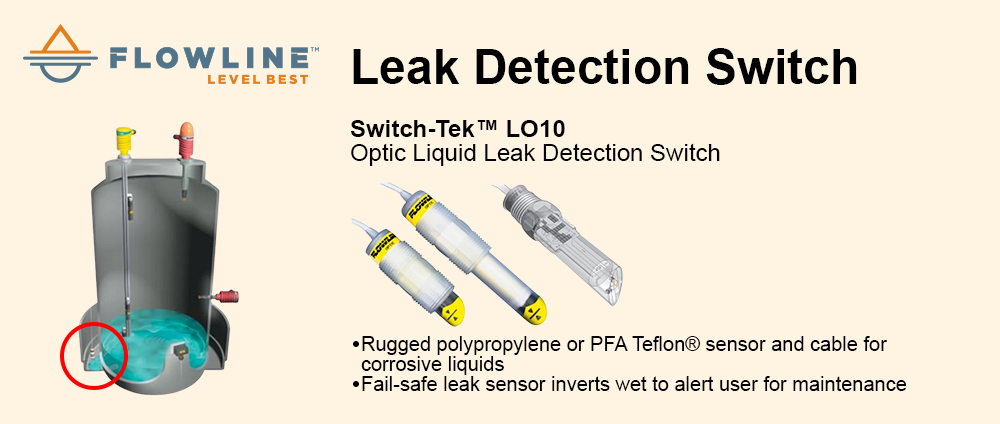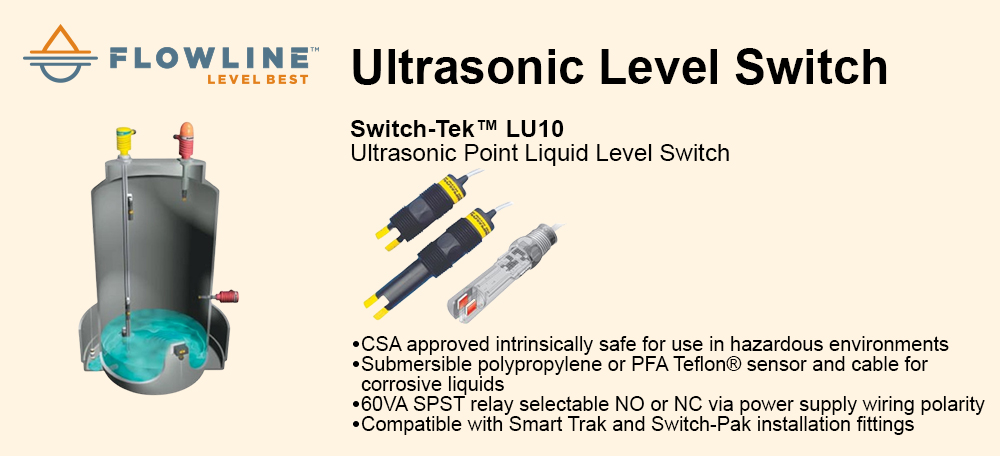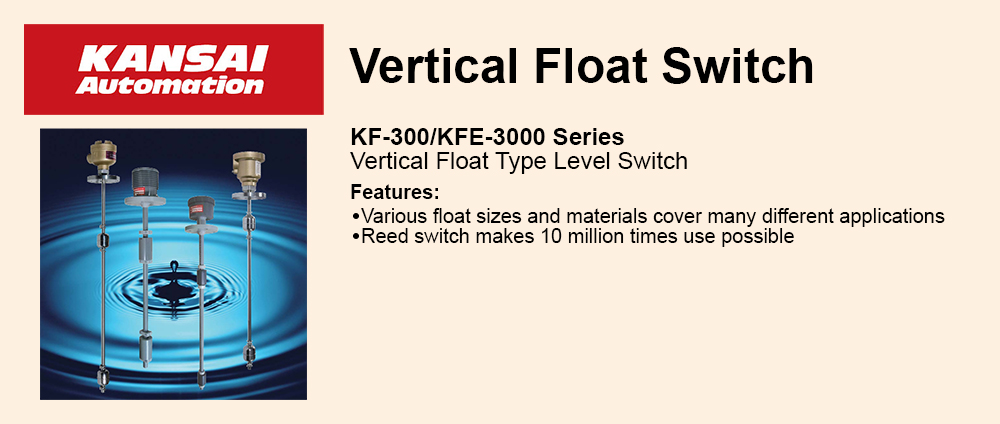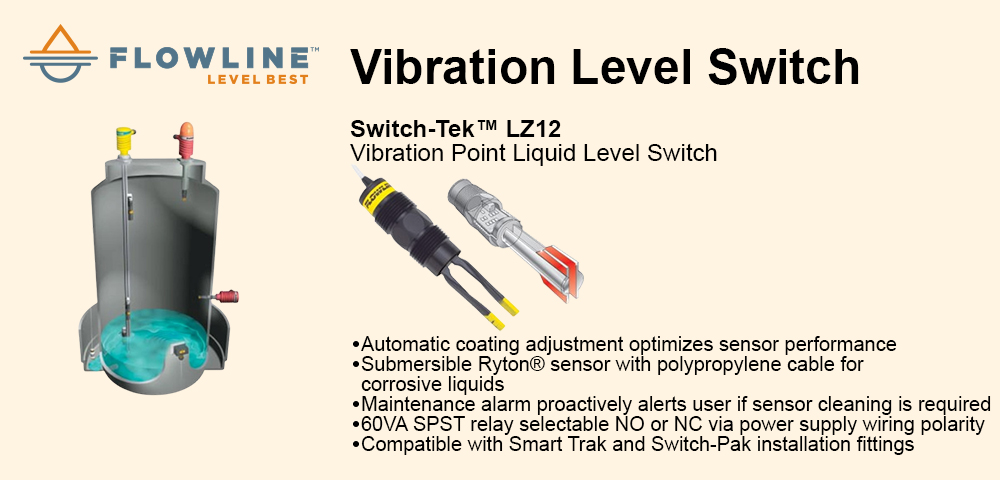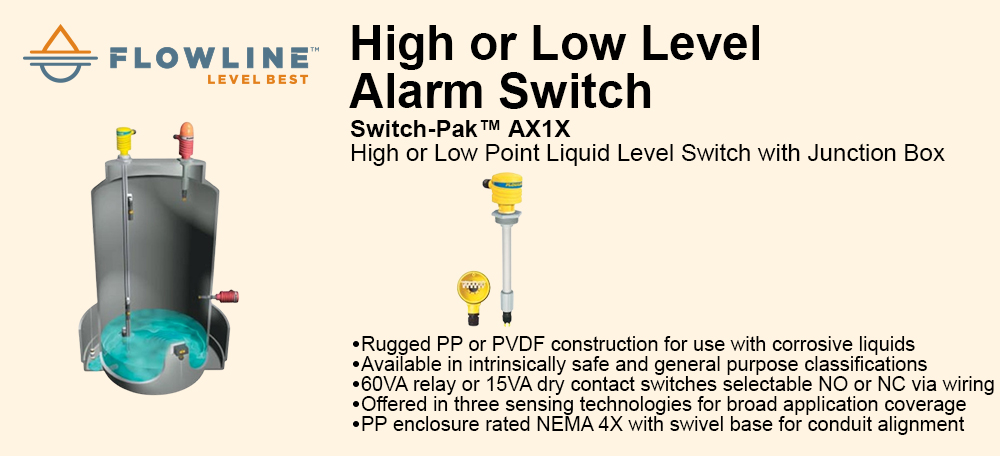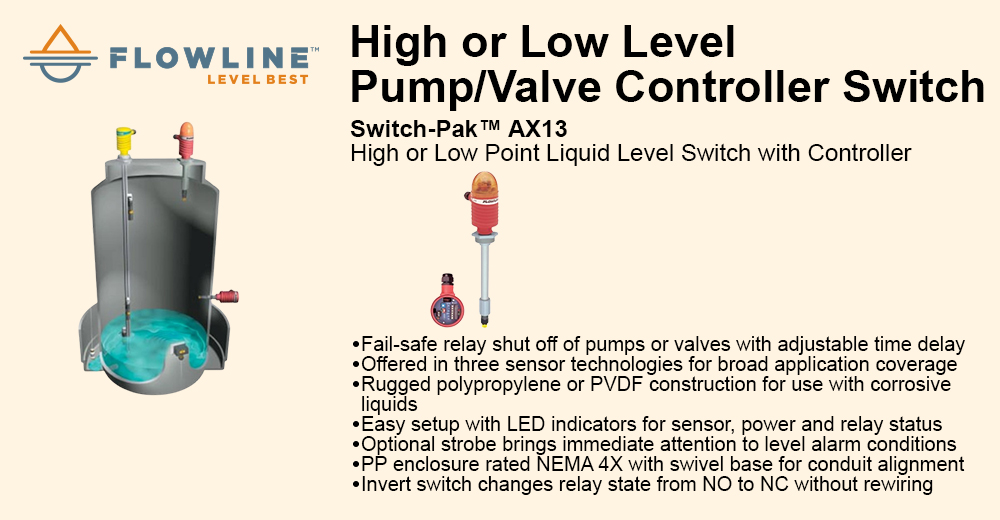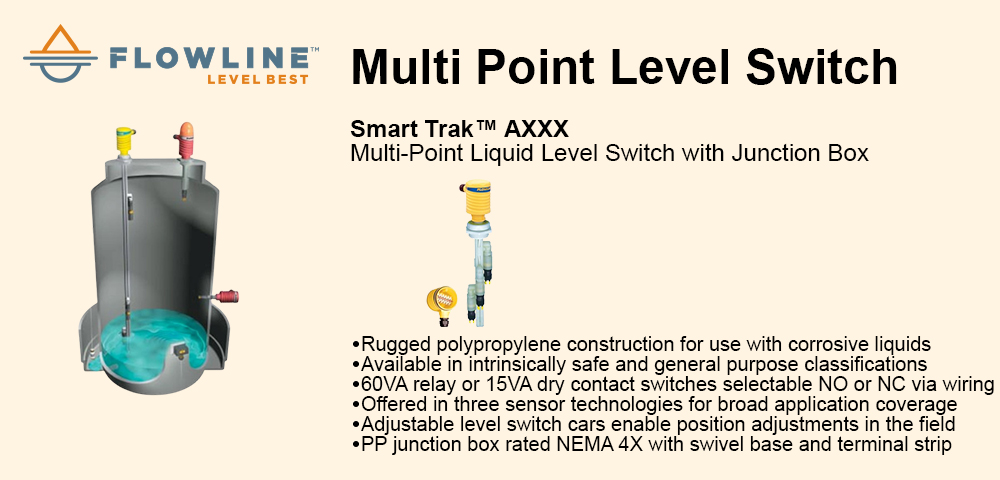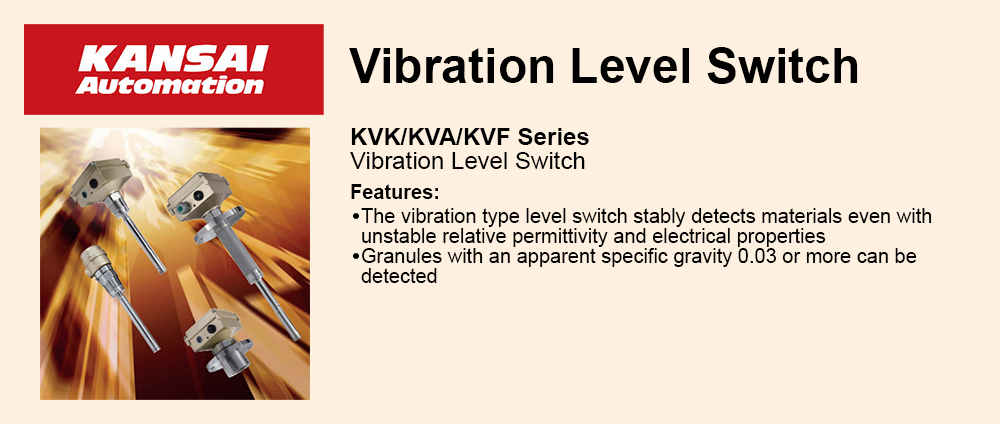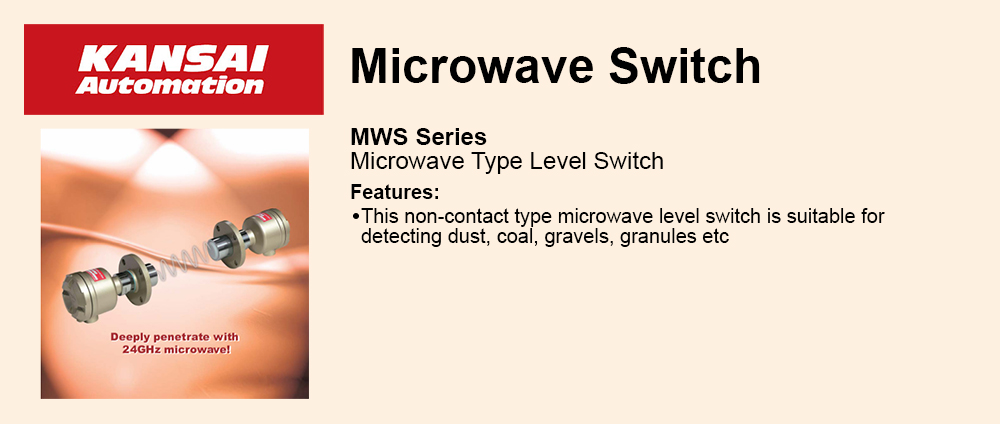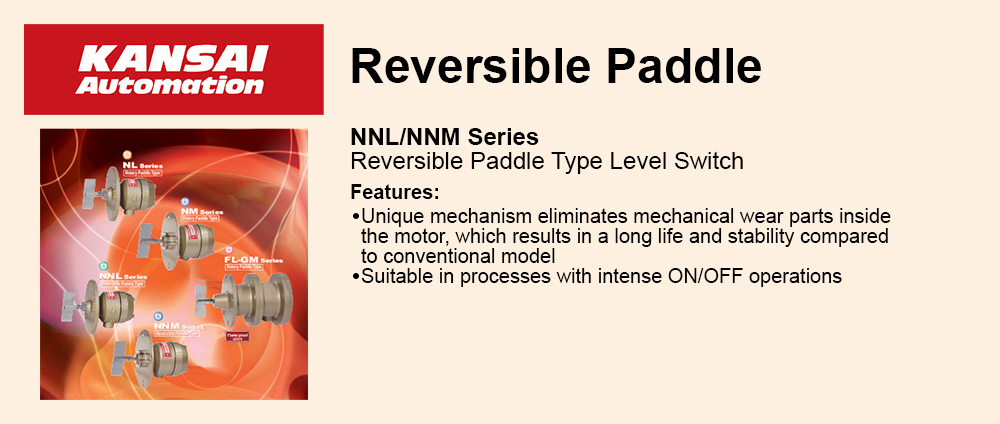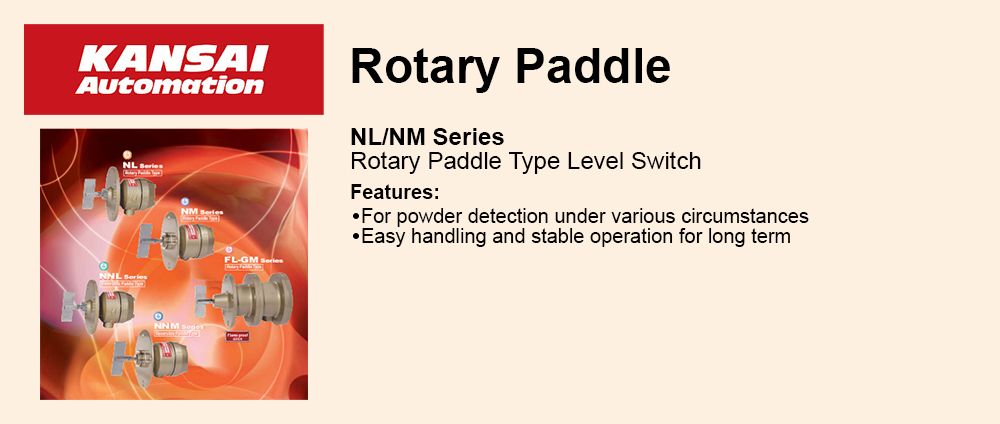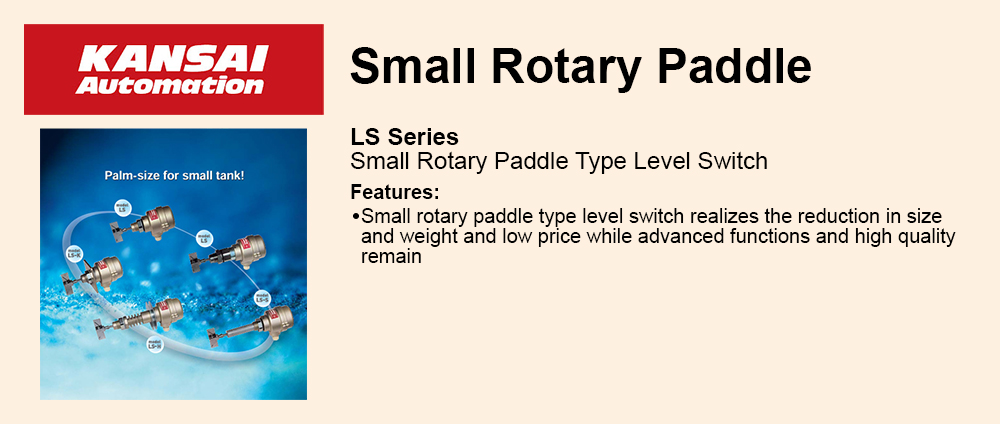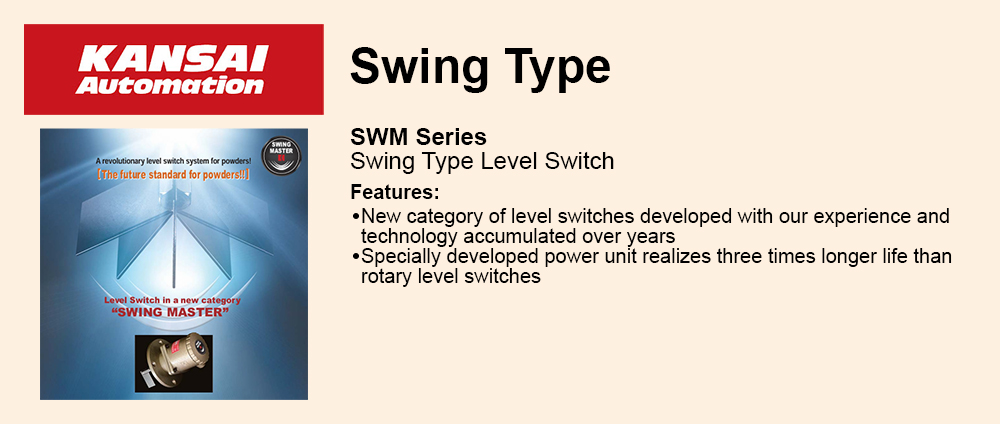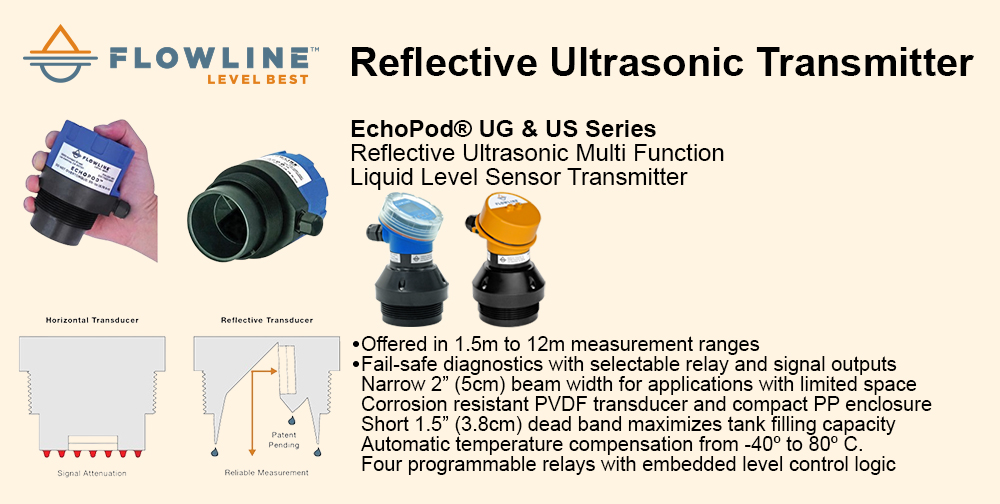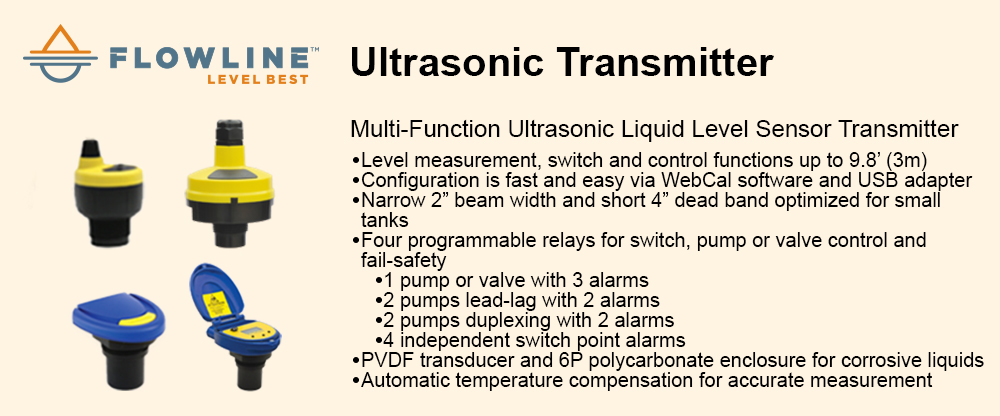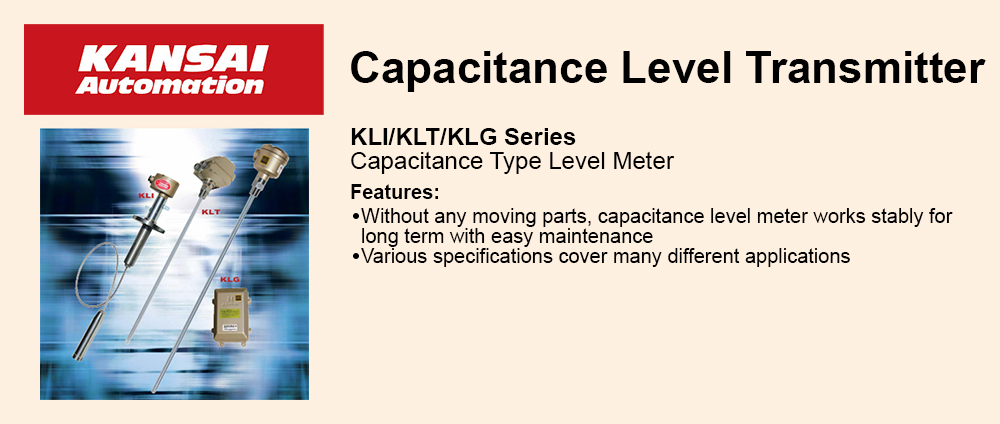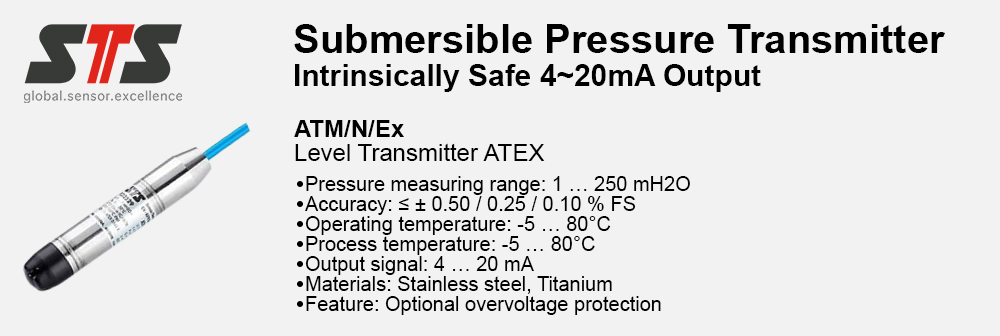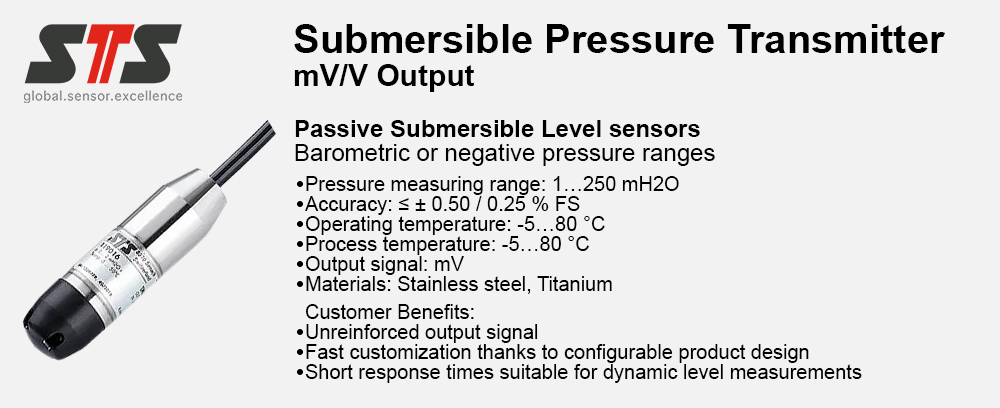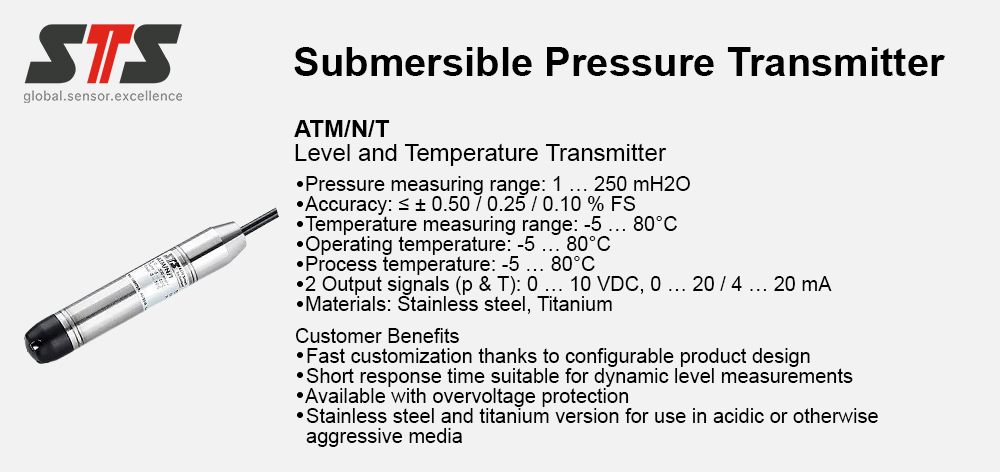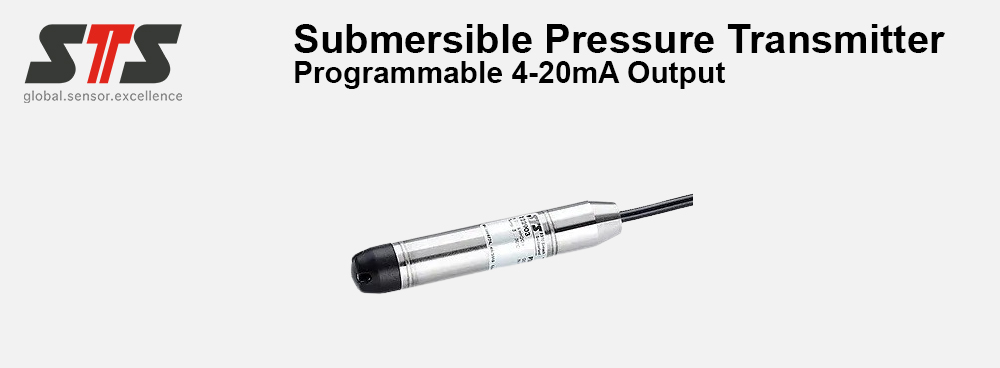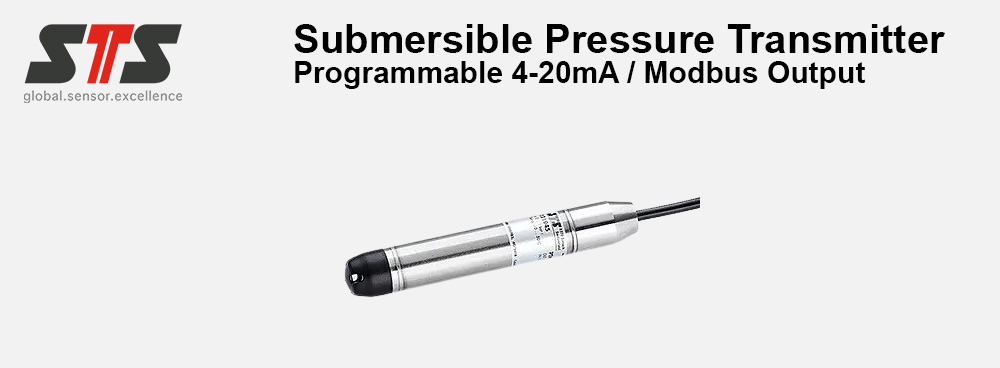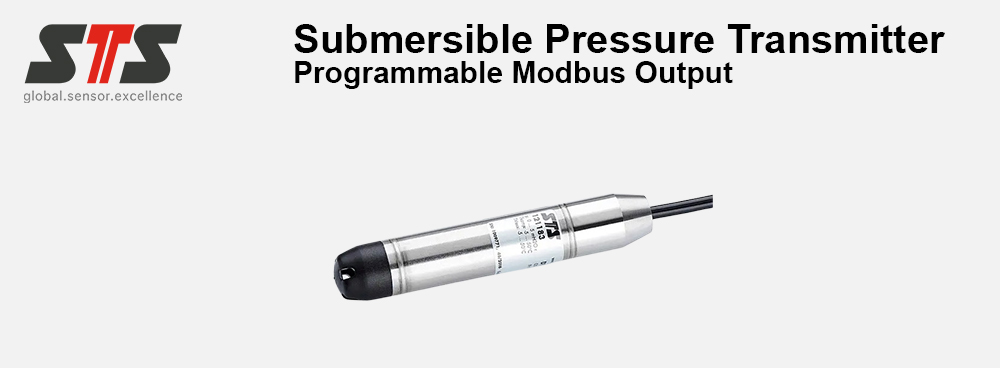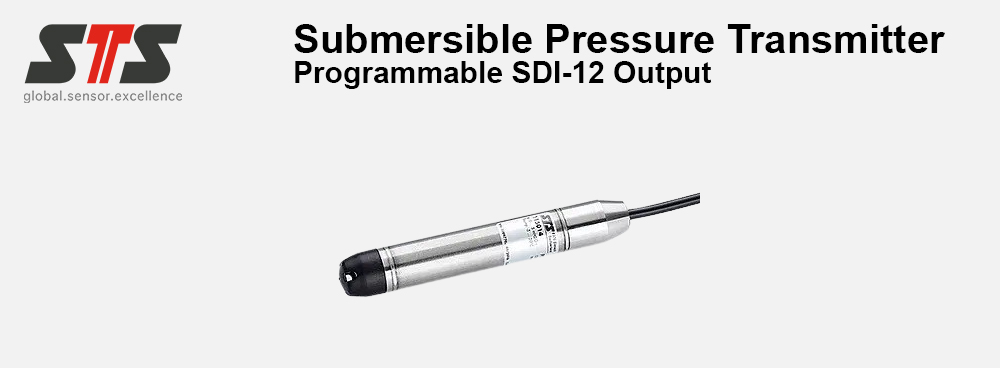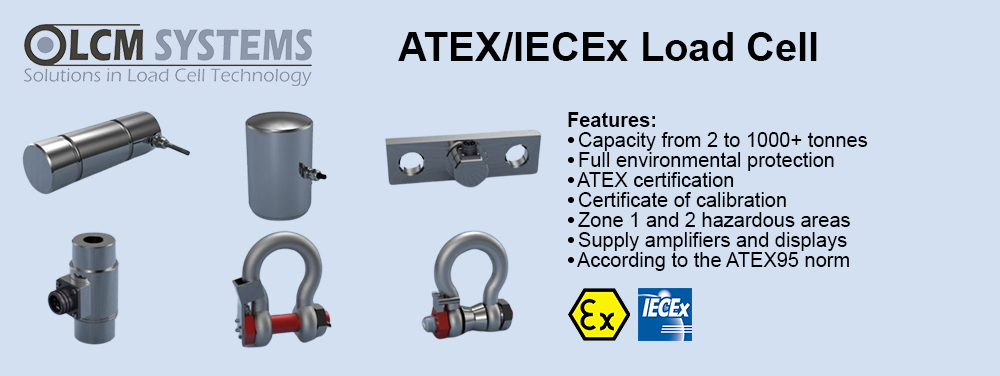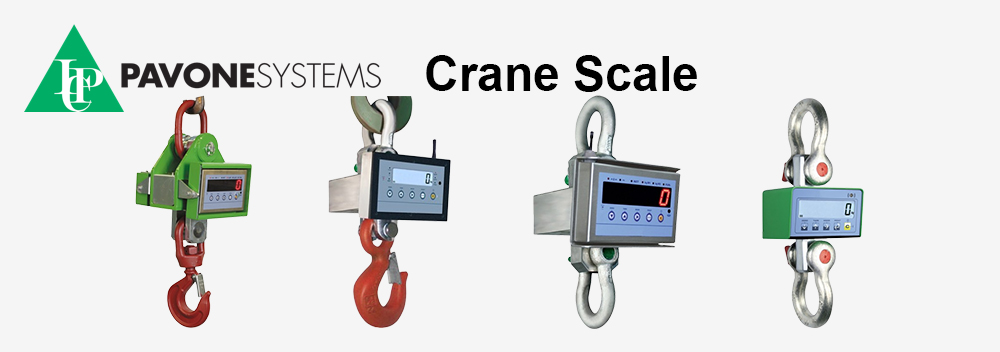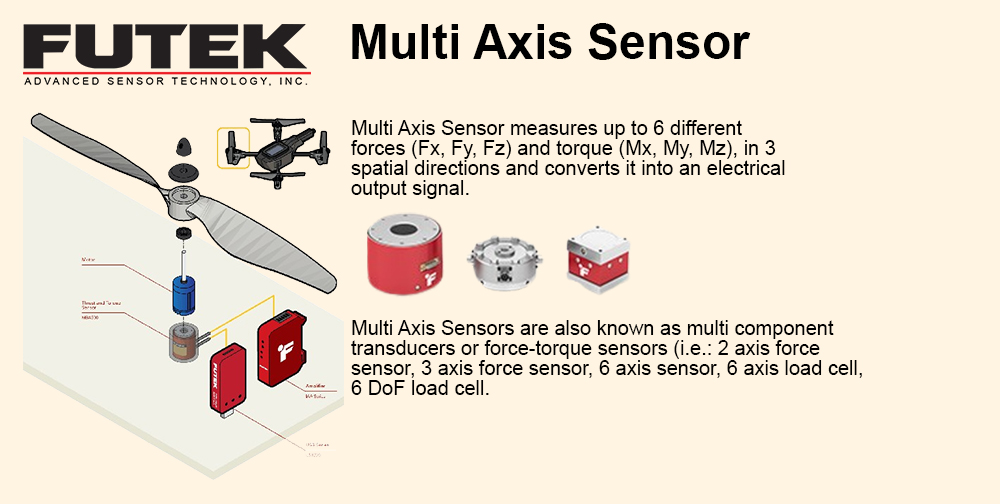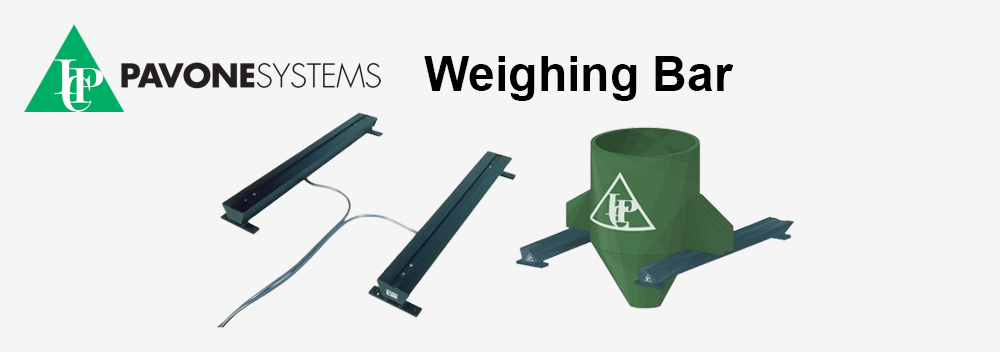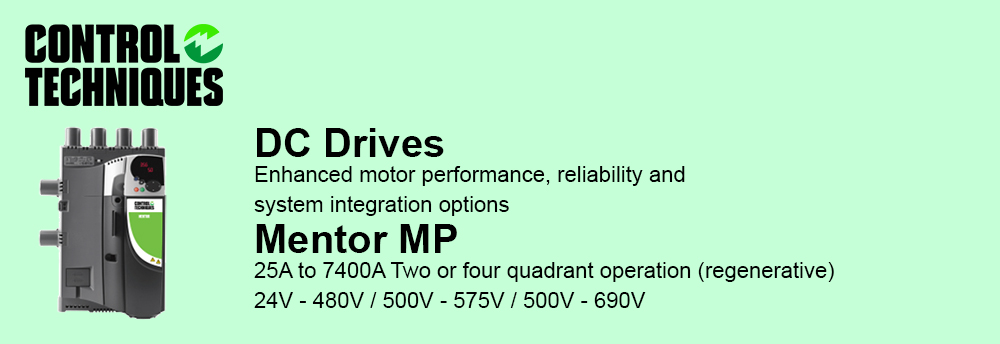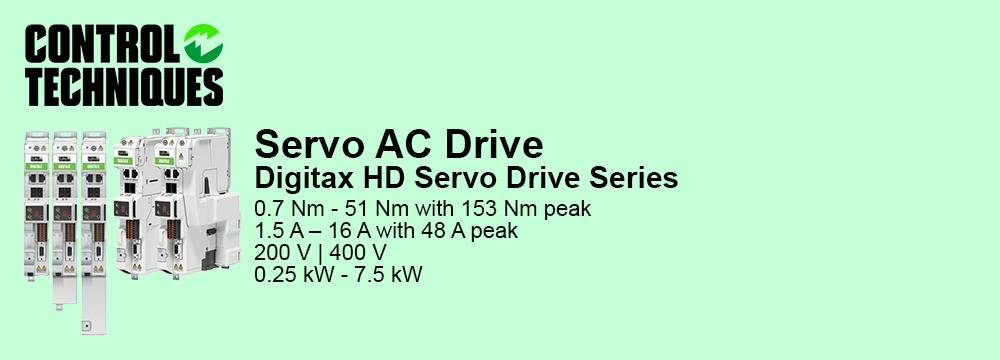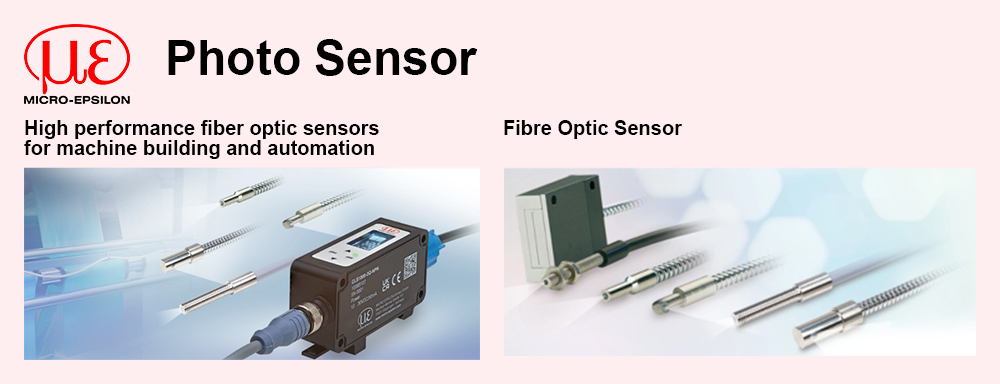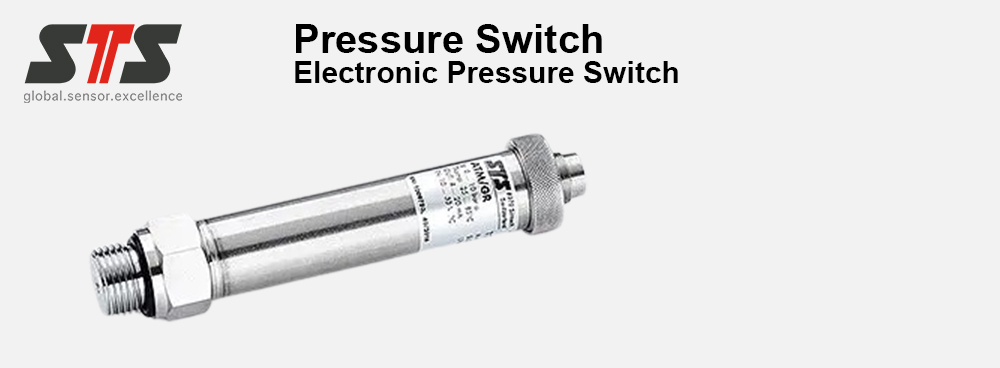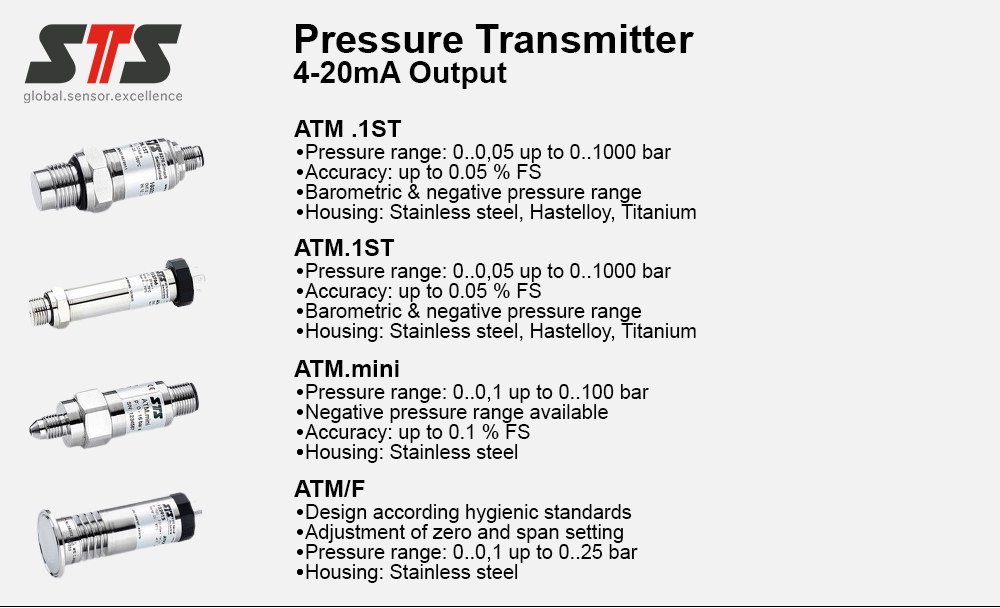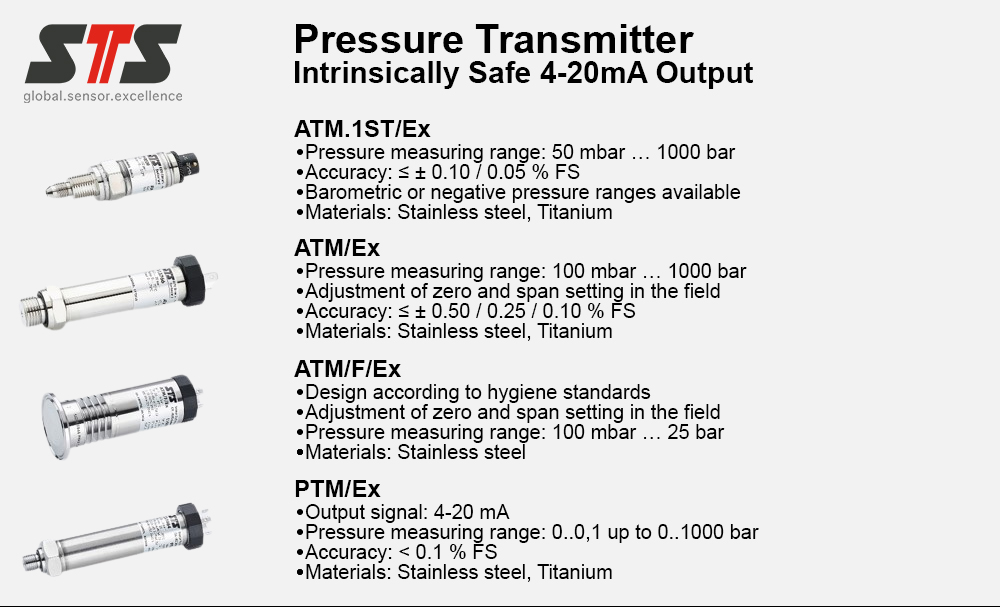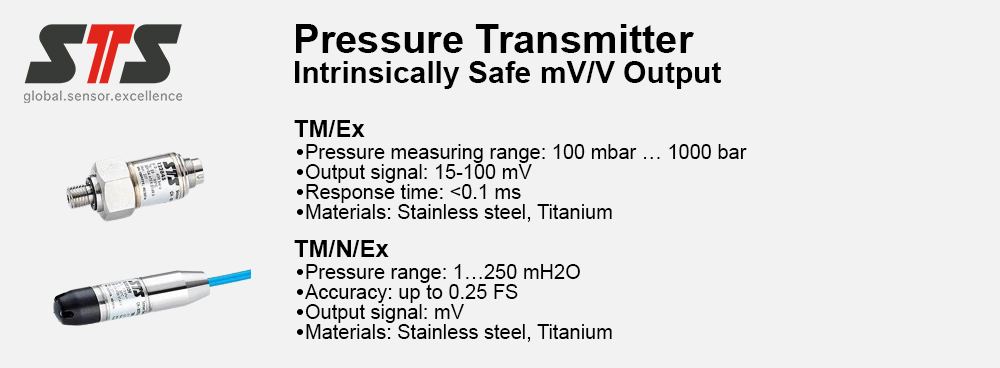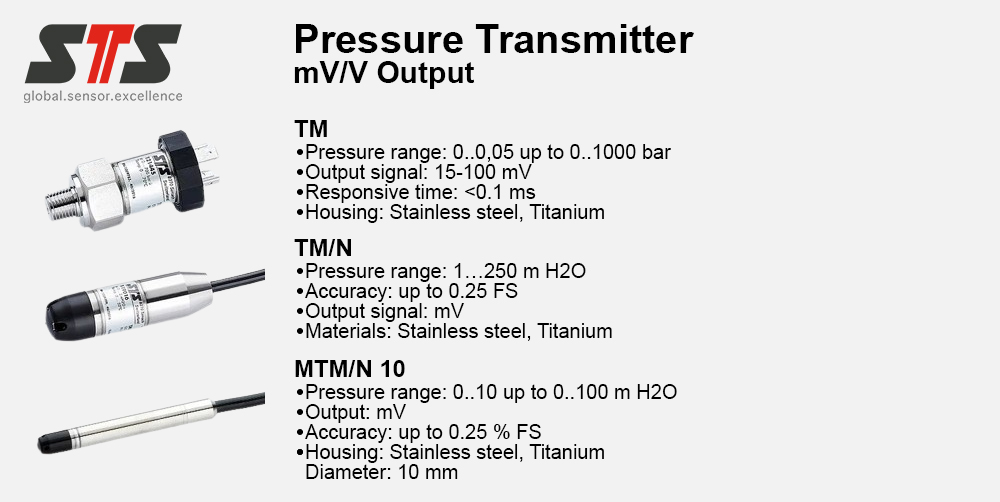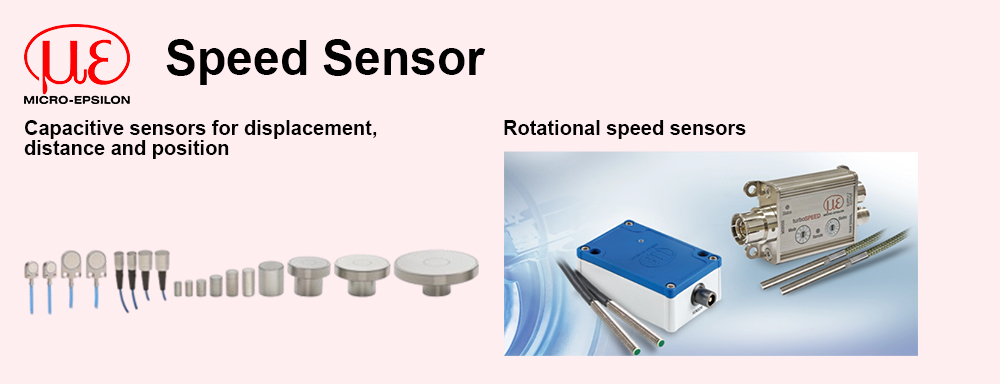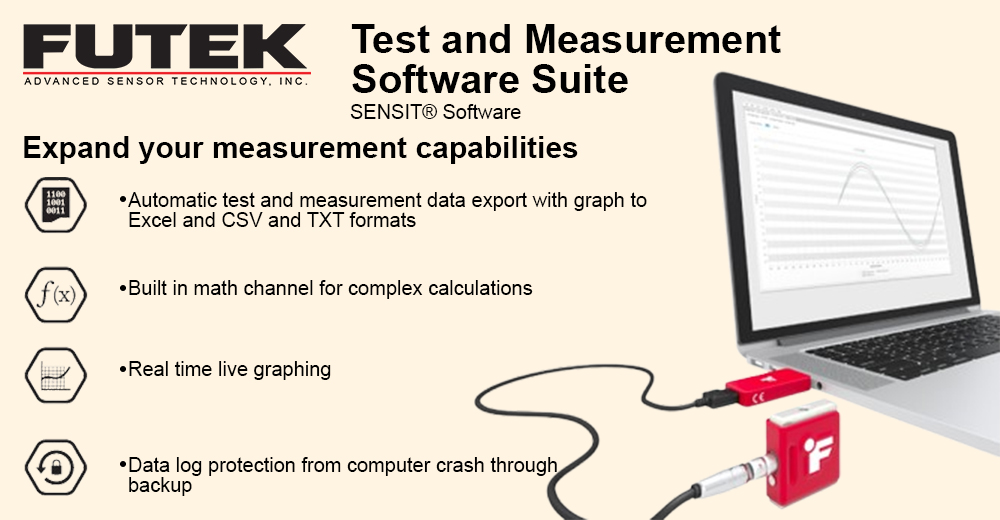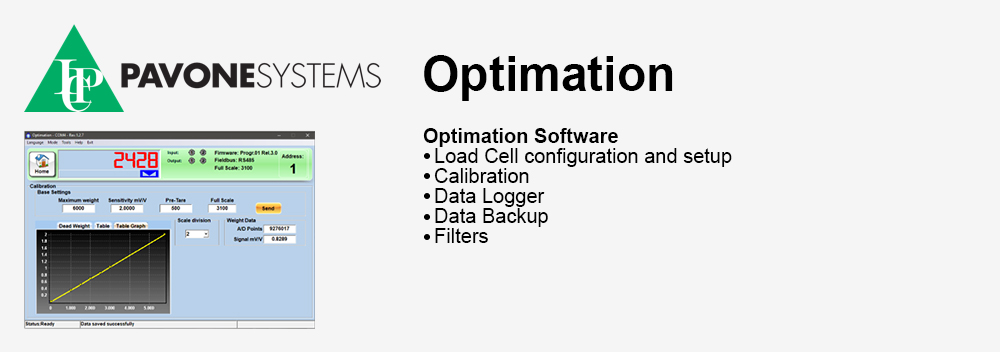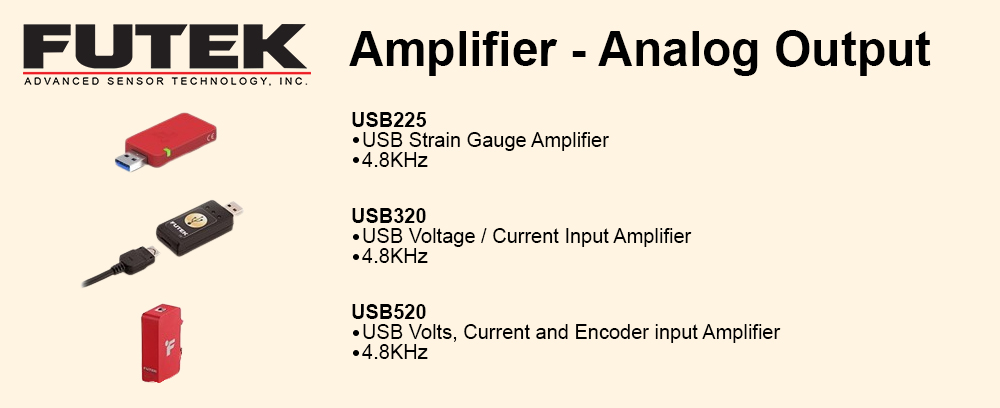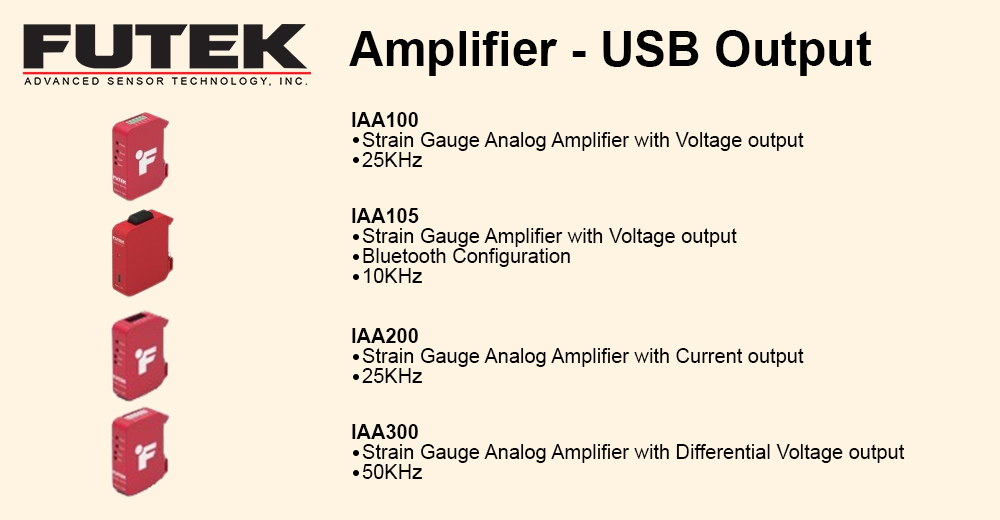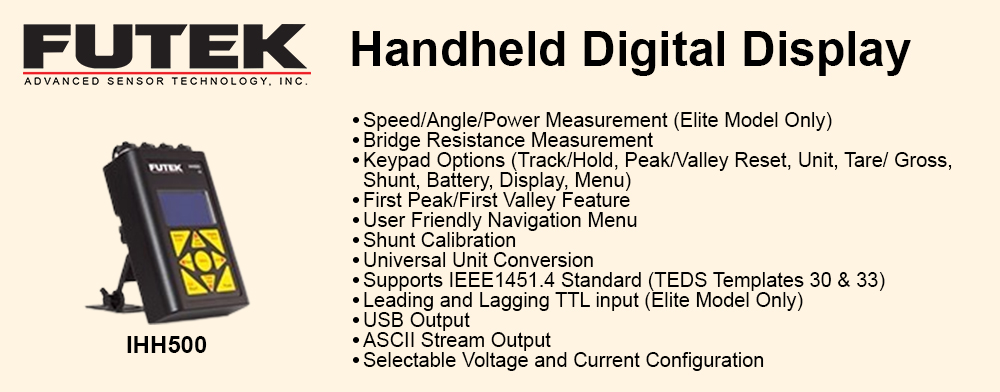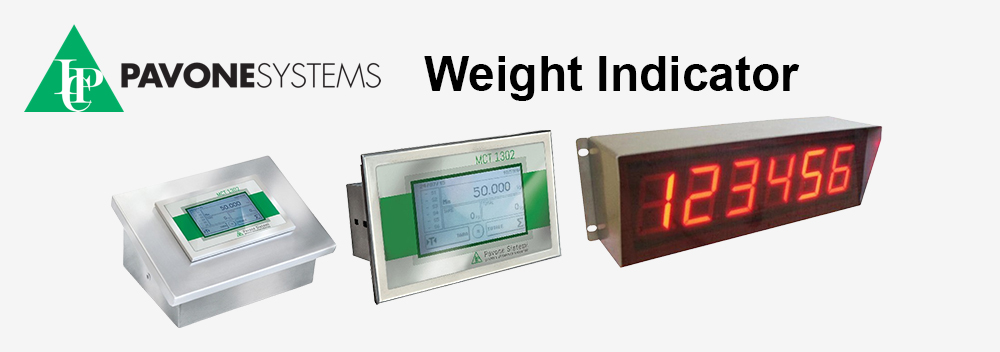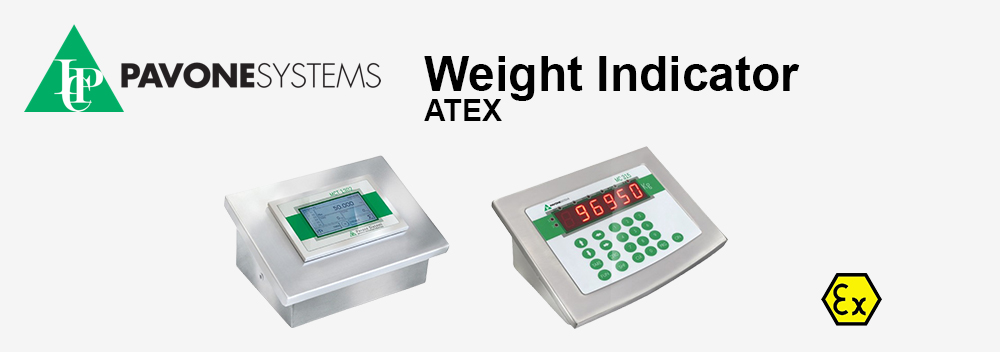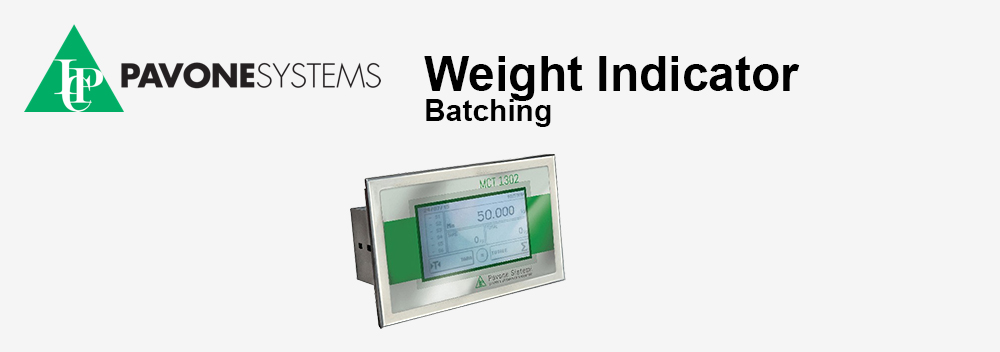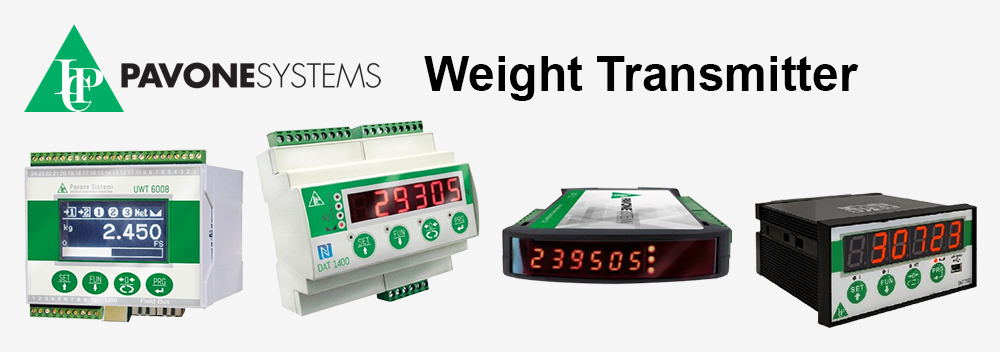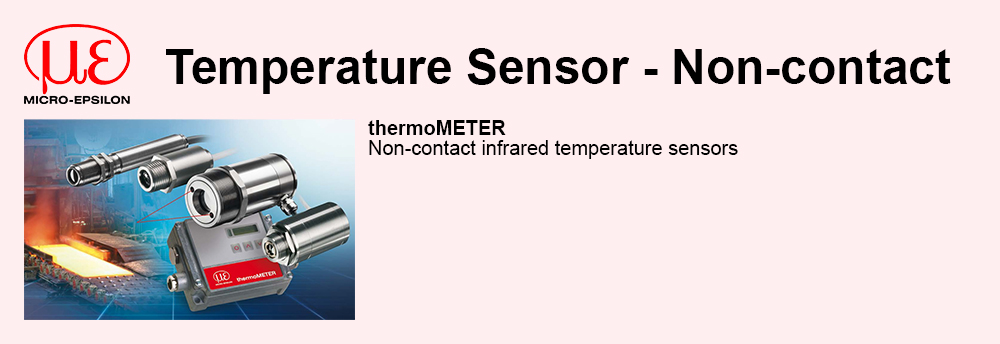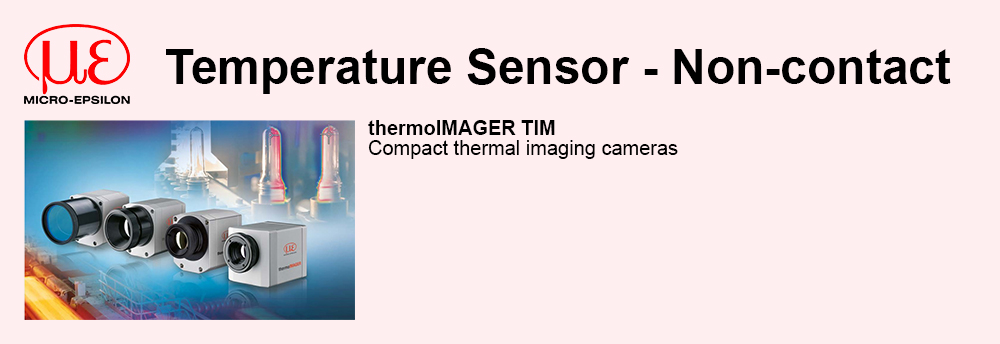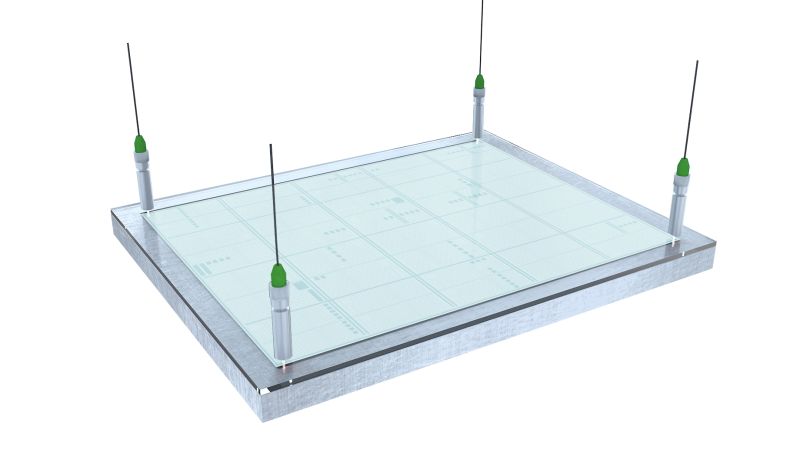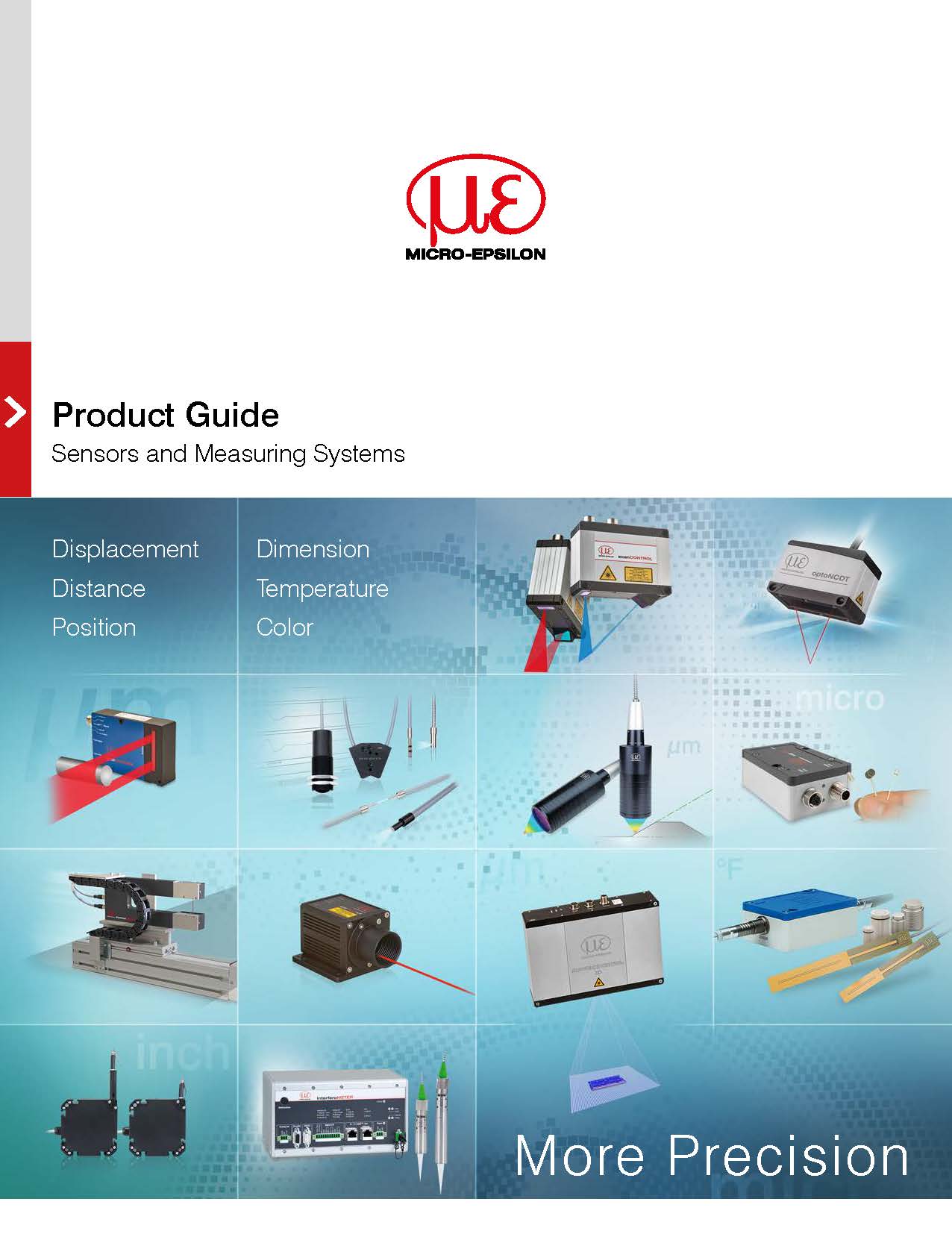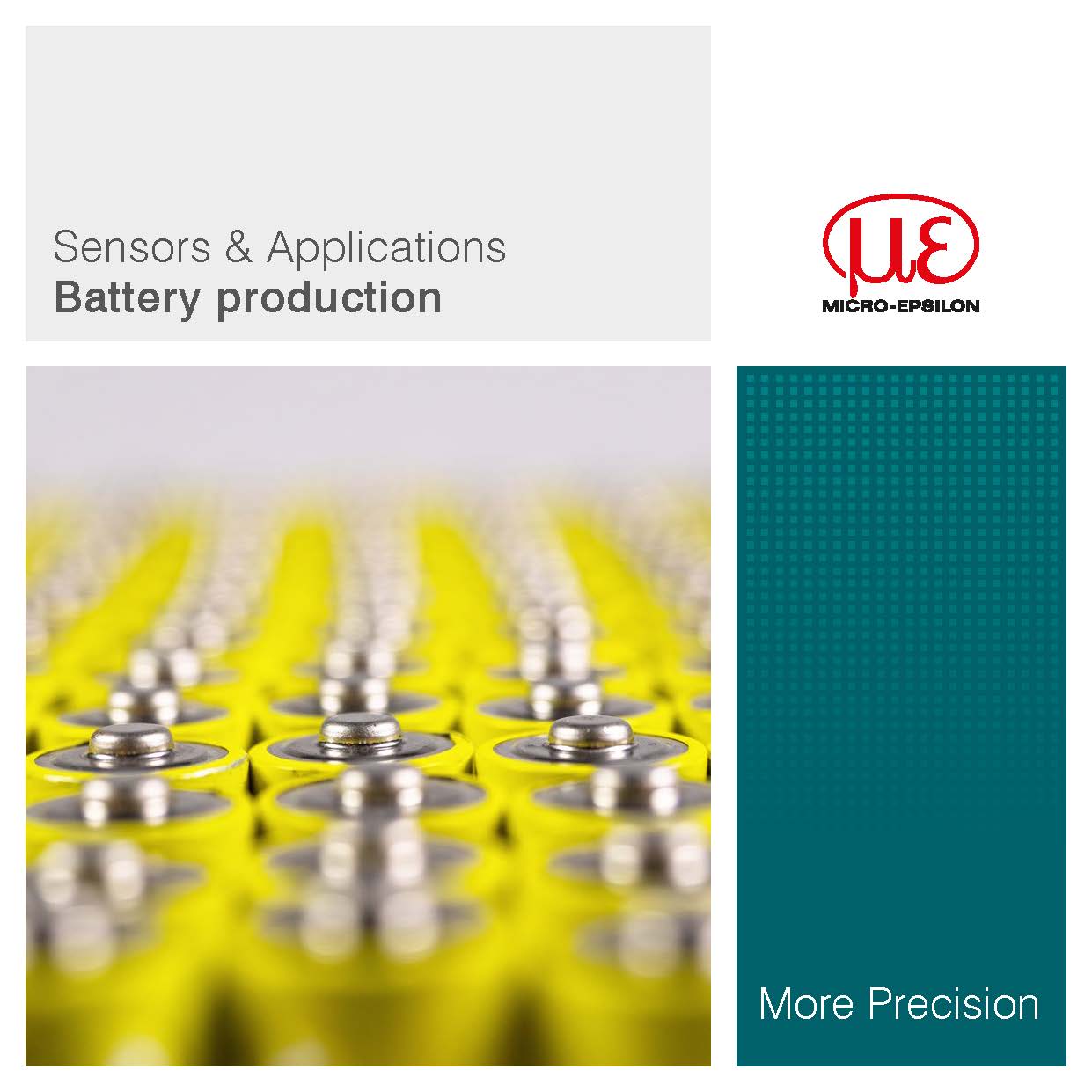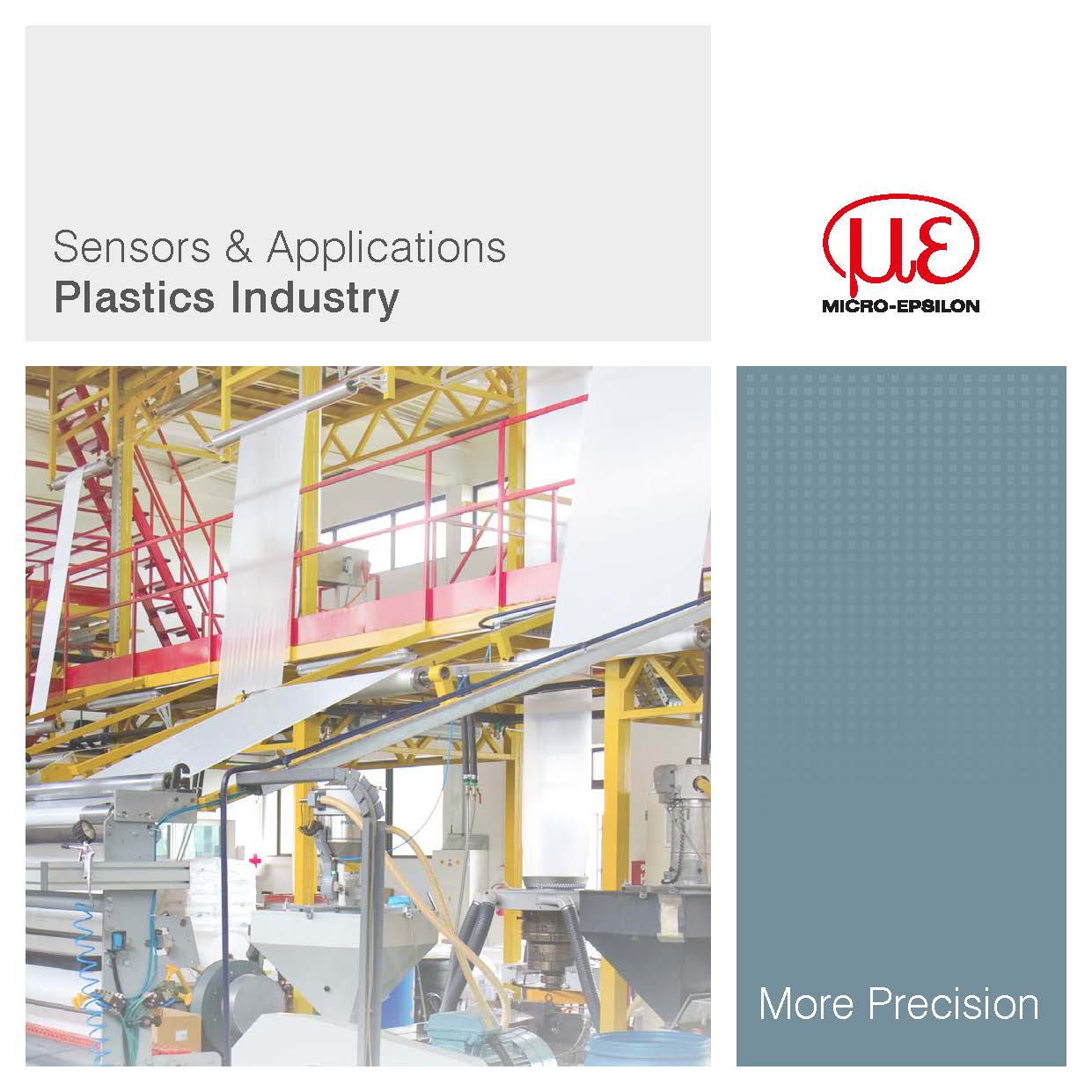Thickness of plate, sheet, foil, rubber, insulation, layer, board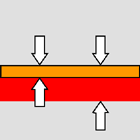
Thickness measurement using displacement sensors is a wide application area. Basically there are distinctions between non-destructive/destructive, non-contact/with contact and one-side/two-sided thickness measurement. The Micro-Epsilon measuring techniques for thickness measurement are all emission-free whereby no emissions regulations of any kind have to be complied with. Sensor technology applied
High resolution optical micrometerEddy current sensors for displacement, distance and positionCapacitive displacement sensors and measurement systemsoptoNCDT Laser SensorenThickness profile measurement of blown films (non-contact and contact measurement 10µm to 500µm)Thickness measurement in flat film extrusion lines (thickness 30µm to 6mm)
|
| __________________________________________________________________________________________________________ |
Non-contact thickness measurement of aluminum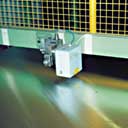 For the prompt detection of incorrect thickness on aluminum strip, patented laser triangulation sensors are employed as a modern alternative solution to isotope measurement systems. To save costs the places on the strip which are outside the permissible thickness tolerance are not provided with a foodstuffs-compatible coating and so the strip can be recycled without problem in production. At the point of measurement the sensors are mounted opposite one another, above and below the passing aluminum strip. Irrespective of the exact height position of the strip, the exact material thickness is obtained by a simple distance signal coupling, F=Ref. - (A + B), of both sensors. Sensor technology applied |
| __________________________________________________________________________________________________________ |
Aluminum thickness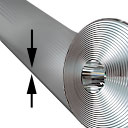 It is important to know the thickness of the plates for the manufacture of aluminum plates. The non-contact profile measuring system measures the profile of the plates using a capacitive sensor. At the same time, the width of the plate is determined during the measurement. The reversing rolling stand and the following roller stands can be better adjusted using the data obtained. The system is integrated in the existing roller track. Installed directly before the cropping shear where the plate is stationary for the cut, the production process is not impaired. Sensor technology applied |
| __________________________________________________________________________________________________________ |
Thickness measurement of battery separators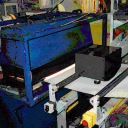 In the production of battery separators the in-line monitoring of the profile thickness is an important measurement task within the framework of quality assurance. A measurement system with high spatial resolution and a high sampling rate is needed for the determination of the profile structure. This task represents one of the classical fields of application for the laser-based triangulation sensor in the Series ILD 2000. The battery separator is manufactured in an extrusion process. For the thickness measurement the optical sensors are mounted on a welded C-frame. This traverses on air bearings without making physical contact on a hard rock base. In this way the vibration of the top belt is minimized and a precise measurement facilitated. Sensor technology applied |
| __________________________________________________________________________________________________________ |
Blown film thickness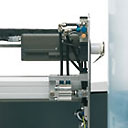 The thickness of blown films is an important aspect in terms of constant quality in blown film production. Partially strong thickness tolerances can occur for the production in doing so. The blown film system from Micro-Epsilon measures the profile of the film with or without contact directly after the extrusion nozzle. Located on a reversing frame, the system continuously traverses the film tube and provides the data to the host system for controlling the extrusion nozzle. Sensor technology applied |
| __________________________________________________________________________________________________________ |
Sheet thickness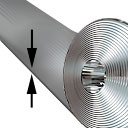 It is often the case for sheet machining that sheets must be transported individually in machines. Therefore, it is essential that only one sheet gets into the machine. If two sheets are on top of each other, the process will be halted. This task is resolved in a simple way using thickness measurement. If the current measured value is different from the thickness of one sheet, an error is detected. The measurement is independent of the absolute position of the sheet in the measuring gap. Depending on the requirement, laser, optical, capacitive or eddy current sensors can be used for this. Sensor technology applied |
| __________________________________________________________________________________________________________ |
Measure Disc Thickness Variation (DTV) on brake discs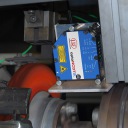 Measuring the deformation of brake discs under load while braking is an ideal task for the optoNCDT 1700BL. Due to the short wavelength of the blue-violet laser used, the light emitted from the red-hot brake does not dazzle the sensor, as the 600-nm wavelength is a long way off the 405-nm wavelength of the blue-violet laser and is effectively blocked by the high quality interference filters employed. Sensor technology applied |
| __________________________________________________________________________________________________________ |
One-sided thickness measurement of container glass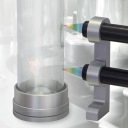 In container glass production, wall thickness and roundness of the bottles are crucial quality features. This is why these parameters must be 100 % inspected. Any faulty containers are immediately rejected and returned to the glass melt. Due to high processing speeds and in order to prevent the bottles from being damaged, a fast, non-contact measurement procedure is required. The confocal chromatic confocalDT 2422 dual-channel measurement system combined with the IFS2406-10 sensor from Micro-Epsilon are ideally suited to this measurement task. Sensor technology applied |
| __________________________________________________________________________________________________________ |
Thickness measurement of mineral cotton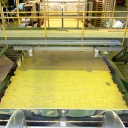 Mineral cotton is often used for heating insulation of buildings. However, as well as the homogenous material structure, thickness is also a critical factor in ensuring the right insulation characteristics. In the production two optoNCDT 1700 laser sensors with an integrated controller and air purge system for protecting the optics are therefore required for quality control. Sensor technology applied |
| __________________________________________________________________________________________________________ |
Processing measurement data for thickness measurements One method of measuring thickness is to calculate values from two opposing distance sensors. With up to six inputs, the CSP2008 universal controller allows synchronous recording of measured values from optical sensors: A pair of sensors is connected directly to the controller, another pair is connected via the EtherCAT fieldbus coupler and an integrated extension terminal. Two analog sensors measure the width of the material. These sensors are connected via a dual-channel analog input terminal. After the sensors have recorded their values, the CSP2008 calculates material thickness and width. Three switching inputs are used to set masters as per a calibration standard. Sensor technology applied |
| __________________________________________________________________________________________________________ |
Thickness measurement of black rubber belts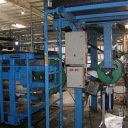 Rubber mats for the structure sealing must exhibit a specified thickness for durability and tear resistance. The thickness of the films is measured directly after the extrusion. The optoNCDT 1700 sensors used measure the distance to the rubber despite bad reflectivity. The thickness is determined from the sensor signal and the distance to a reference roller. The user thus recognizes already starting deviations from the target thickness. Sensor technology applied |
| __________________________________________________________________________________________________________ |
Thickness and volume measurement of potato slices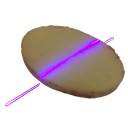 When producing potato crisps, factors such as consistency, quality and taste depend to a significant degree on the thickness of the potato slices used. Depending on the process parameters and the condition of the tools used, the thickness of the cut slices changes slowly but steadily during the production time. This is why it is important to continuously monitor the thickness during production by using the scanCONTROL 2950-50BL sensor. The sensor projects a laser line onto a conveyor belt, which continuously guides sample slices along it. Sensor technology applied |
| __________________________________________________________________________________________________________ |
Display glass / flat glass thickness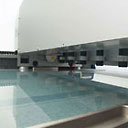 A special measuring system has been developed for the quality control of display glass. The glass pane is placed on a measuring table by a robot. A measuring arm with several confocal sensors traverses the glass pane there. If any thickness discrepancies are found, the pane is marked as NOK and rejected. The scanCONTROL laser scanner simultaneously circumnavigates the edges and checks these for defects and dimensions. After the check has been completed successfully, the pane is lifted back into the production process and the next measurement is started. Sensor technology applied |
| __________________________________________________________________________________________________________ |
Active suspension cylinder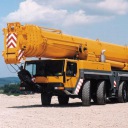 Modern mobile cranes are always employed when heavy loads must be lifted quickly and at various locations. They are used, for example, in the recovery of broken down trucks. The field of operation is not restricted to paved surfaces, but also includes deployment in open terrain. Therefore, these cranes possess an adaptive design of running gear in which the suspension of each independent axle can be adapted to the relevant terrain. This is implemented using a suspension cylinder which is fitted with a displacement sensor. The sensor acquires the cylinder stroke and consequently enables the best possible adaptation to the form of the terrain. Sensor technology applied |
| __________________________________________________________________________________________________________ |
Flat film thickness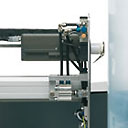 The thickness of manufactured films is frequently a decisive quality criteria in production. Specially developed thickness measurement systems are used as early as possible in the production for the check of the thickness. Dual sensors consisting of two sensors with different measuring principles measure the thickness across the complete width of the film from one side without contact. A thickness profile of the flat film is thus produced using which the production systems can be regulated extremely precisely. The dual sensors are compiled differently depending on the type of film. Sensor technology applied |
| __________________________________________________________________________________________________________ |
Flat glass thickness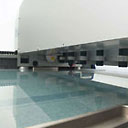 A special measuring system has been developed for the quality control of display glass. The glass pane is placed on a measuring table by a robot. A measuring arm with several confocal sensors traverses the glass pane there. If any thickness discrepancies are found, the pane is marked as NOK and rejected. The scanCONTROL laser scanner simultaneously circumnavigates the edges and checks these for defects and dimensions. After the check has been completed successfully, the pane is lifted back into the production process and the next measurement is started. Sensor technology applied |
| __________________________________________________________________________________________________________ |
Non-contacting online layer-thickness measurement of foils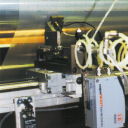 In foil production online process monitoring guarantees constant product quality. MICRO-EPSILON’s KS5 combination sensor measures the layer thickness on foils in a non-contact and thus non-wearing process. |
| __________________________________________________________________________________________________________ |
Yarn thickness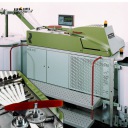 A consistent yarn thickness is a prerequisite in the textile industry for high quality products. Therefore, the naturally occurring yarn thickness fluctuations must be eliminated. The yarn is drawn to a constant thickness using a stretching tool. The measured data for controlling the stretching tool are provided by an eddy current sensor which indirectly measures the thickness. The thickness is transmitted to the eddy current sensor using sensing rollers. After the stretching, the result of the processing operation is also checked by an eddy current sensor. Sensor technology applied |
| __________________________________________________________________________________________________________ |
Glass thickness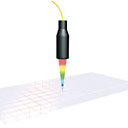 A special measuring system has been developed for the quality control of glass. The glass pane is placed on a measuring table by a robot. A measuring arm with several confocal sensors traverses the glass pane there. If any thickness discrepancies are found, the pane is marked as NOK and rejected. The scanCONTROL laser scanner simultaneously circumnavigates the edges and checks these for defects and dimensions. After the check has been completed successfully, the pane is lifted back into the production process and the next measurement is started. Sensor technology applied |
| __________________________________________________________________________________________________________ |
Thickness measurement of glassThe specification of the thickness of glass panes is an optimization process between a required mechanical strength and efficient use of materials. In the manufacturing process the glass thickness is measured and the conformance to prescribed tolerances is monitored. The measurement is carried out with displacement sensors working on the eddy-current principle. Here, the sensor hovers over the glass surface and measures through the glass to a metal plate situated behind it. The values can be read off directly on the device; an analog output voltage facilitates further evaluation. Sensor technology applied |
| __________________________________________________________________________________________________________ |
Inner liner thickness measurement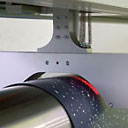 Inner liners are used in every tire to prevent the air from escaping. As the inner liner is a characteristic relevant to safety of every tire, there are high requirements for compliance with the target data. An important criterion is the layer thickness. The system for measuring the thickness of inner liners operates without contact and wear-free. The inner liner is routed through the measuring system immediately after the calender roller. A measuring head traverses above the surface. An eddy current sensor measures the distance to the reference roller while an optical micrometer measures the distance to the rubber surface. The system can be integrated in the heating circuit of the calender roller for better temperature compensation. Sensor technology applied |
| __________________________________________________________________________________________________________ |
Thickness measurement system for partially transparent insulation panels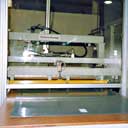 In the manufacturing of plastic panels, thickness profile measurements must be carried out due to the necessary quality assurance. For this purpose two laseroptical displacement sensors are mounted on a traversing device, one underneath and one above the panel which passes along a defined path. The preprogrammed measuring points are sampled consecutively. Irrespective of the exact height position of the panels, the accurate material thickness is obtained by simple coupling of the synchronously measured distance values from both sensors. The output of the desired measurement log is realized with the aid of a PC system in the fully automatic sequence of the profile measurement table. Sensor technology applied |
| __________________________________________________________________________________________________________ |
Thickness Measurement on the Calender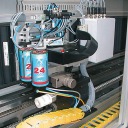 Rubber-coated textile and metal fabrics form the basis of tire manufacture. The rubber is applied to the fabric by calender rolling which demands a uniform layer thickness for the manufacture of high quality tires. The strength and the dimensional conformity of the tire directly depend on the coating process. Sensor technology applied |
| __________________________________________________________________________________________________________ |
Active compensation for movements in the measurement process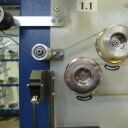 Harsh industrial environments place high demands on optical displacement sensors – precise measurements must still take place despite dust and high processing speeds. The optoNCDT 1700 and optoNCDT 2300 series of laser sensors have been mastering these challenges for many years. However, if motion disturbances (e.g. belt movements, radial movements of pulleys, and base body vibrations) occur that are greater than the object being measured, the measurement process may be impeded or made impossible. Examples include folds in a belt. Sensor technology applied |
| __________________________________________________________________________________________________________ |
Thickness measurement of dies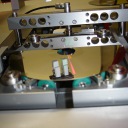 When optical data carriers are produced, the data are initially transferred to a master. Depending on the number of copies, different dies made of nickel are produced from the master by galvanization. These dies must show a thickness of 297 µm ± 3 µm for faultless production. It is checked several times during the galvanization that this dimension is complied with. The company ISEDD GmbH from Bielefeld has developed a measuring device for this which enables fast and accurate inspections of the dies. Capacitive sensors from Micro-Epsilon are used for the thickness measurement. Sensor technology applied |
| __________________________________________________________________________________________________________ |
Thickness measurement using displacement sensors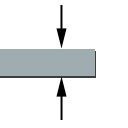 Thickness measurement using displacement sensors is a wide application area. Basically there are distinctions between non-destructive/destructive, non-contact/with contact and one-side/two-sided thickness measurement. The Micro-Epsilon measuring techniques for thickness measurement are all emission-free whereby no emissions regulations of any kind have to be complied with. Thickness measurements must be performed both with contacting as well as with non-contact sensors whereby non-contact measuring techniques show advantages as regards accuracy and measuring speed. There is also a distinction between one-sided and two-sided thickness measurement. Two-sided thickness measurements are carried out with at least one pair of sensors which are installed together on one axis. This pair of sensors measures the target synchronously. The difference between the measurement results (C-A-B) produces the thickness of the measuring object. One-sided thickness measurements must only be performed with non-contact sensors. In doing so, the target is only measured with one sensor and either only a part of the target thickness (e.g. layer thickness) or the complete measuring object thickness is measured. Thickness measurements are mainly used in process control and quality assurance, e.g. for the control of extrusion systems or 100% checking of tube diameters. Sensor technology applied |
| __________________________________________________________________________________________________________ |
Thickness measurement of rubber film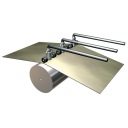 Precise thickness specifications are assigned for the manufacture of rubber film which is rolled using calender rollers. Random-sample manual measurements, as previously carried out, are no longer sufficient for today’s demands on quality assurance. Consequently, a system with three fixed tracks has been adapted for in-line inspection of the thickness. For each track an eddy current sensor of Type U6 is built into a jockey follower system which measures against an stainless steel roller. Controllers of the range multiNCDT series 100 are employed for the evaluation electronics. The stainless steel roller represents the reference system for the measurement. Sensor technology applied |
| __________________________________________________________________________________________________________ |
Oil film thickness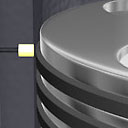 The oil film thickness for combustion engines describes the gap and thus the quantity of oil between piston and cylinder wall. Thus it is sometimes a determining factor for smooth operation and durability. As the oil film can only be integrated and really measured in the firing condition, it is extremely difficult to manufacture sensors for these environmental conditions and then also find space for them. Specially miniaturized eddy current sensors from Micro-Epsilon are capable for this. The smallest with only 2.4 mm external diameter is integrated directly into the cylinder wall and ground to its shape. There, it measures the distance from sensor to piston or the space available for the engine oil for lubrication in every stroke. Sensor technology applied |
| __________________________________________________________________________________________________________ |
Double-sheet detection before pressing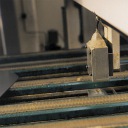 To prevent damage, laser-based optical displacement sensors are employed in front of the inlet for profiled sheets in presses to enable the detection of double sheets. The sensors are mounted opposite one another, above and below the passing sheets. Irrespective of the actual position of the sheets, the material thickness is obtained by simple coupling of the distance signals from both sensors. For adjustment a master sheet for each type of sheet is inserted into the measuring gap and the resulting signal set to zero. The zero value is monitored within a tolerance. The sensors are operated in special protective housings because of the harsh ambient. Sensor technology applied |
| __________________________________________________________________________________________________________ |
Reliable quality control in the rolling mill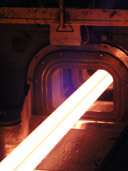 One of the profile rolling mills processes profile steel in reversing operation. The rod center is then measured and evaluated using a optoNCDT 1700-750BL. Sensor technology appliedBlue Laser triangulation sensor - optoNCDT 1700BL
|
| __________________________________________________________________________________________________________ |
Thickness monitoring in straightening factories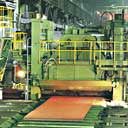 Optical laser displacement sensors are employed in front of the inlet for panels on straightening machines to prevent damage to the machine. The sensors enable the detection of double sheets and an accurate acquisition of upright edges. Sensor technology applied |
| __________________________________________________________________________________________________________ |
Layer thickness measurement (non contacting)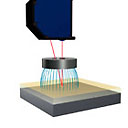 Layer thickness measurement belongs to the group of one-sided, non-contact thickness measurement. Basically, only the layer thickness of electrical insulators can be measured for opaque objects. An eddy current sensor penetrates the insulating layer without damage and measures the distance to a layer underneath it. At the same time, a second sensor, a laser triangulator measures the insulating layer. The layer thickness is obtained by offsetting both signals. This method of measuring with two sensors using different principles is called the dual sensor technique by Micro-Epsilon. A second possibility is the layer thickness measurement of transparent materials using confocal measurement technology. The emitted white light penetrates the measuring object and provides a peak in the signal graph at every material transition. For example, the film thickness between two glass panes can be easily measured in this way. Sensor technology applied |
| __________________________________________________________________________________________________________ |
Measurement of sprayed skin thickness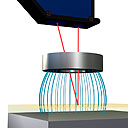 Sprayed skins for vehicle instruments and controls and for airbag cladding are sprayed using a robot-guided nozzle. The thickness of the sprayed skin is inspected during the spraying process. An eddy current sensor measures the distance to the nickel-coated spray mould. The eddy current sensor has an opening in the center through which the laser sensor measures the distance to the sprayed part. When subtracted, both signals provide the thickness of the applied sprayed skin. Sensor technology applied |
| __________________________________________________________________________________________________________ |
Measurement of flat washers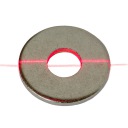 These days, flat washers are an auxiliary material used in almost every industry. In most cases, the washers consist of different alloys and are required in all sizes and thicknesses, which means the demands on the manufacturers are particularly high. In order to supply the customer with a correctly sorted, high quality product, the thickness and diameter are inspected before the washers are packed. This inspection is carried out using a scanCONTROL 2910-50 laser scanner. Sensor technology applied |
| __________________________________________________________________________________________________________ |
Windscreen thickness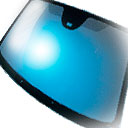 Using a film between several glass panes, laminated safety glass prevents dangerous shards flying around in the case of breakage. The adhesive film is clamped during the production. In doing so, it is important that the film shows the correct thickness in order to be able to ensure the required safety. Thickness can be measured on one side using the optoNCDT2401 confocal system. The light from the sensor penetrates the glass and displays the thickness of the film in the pane. Sensor technology applied |




